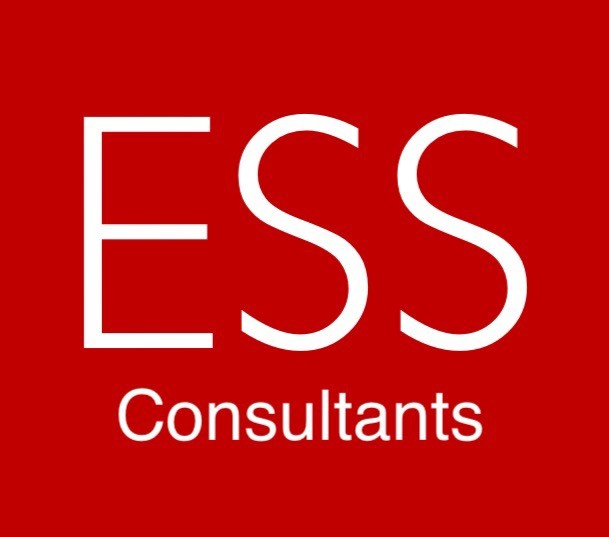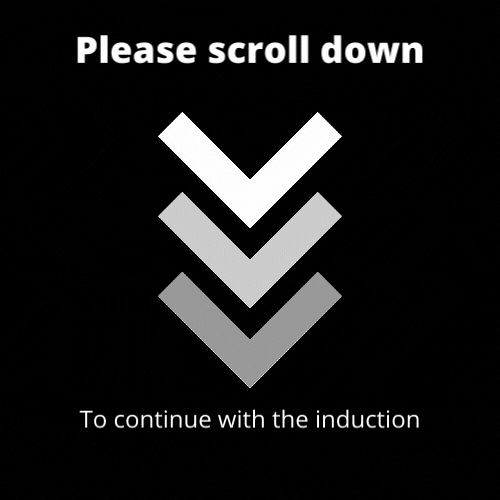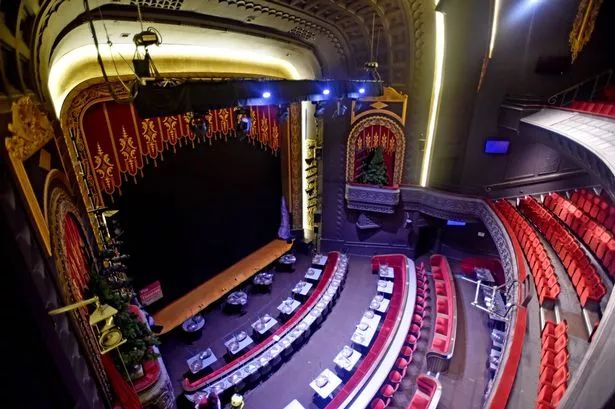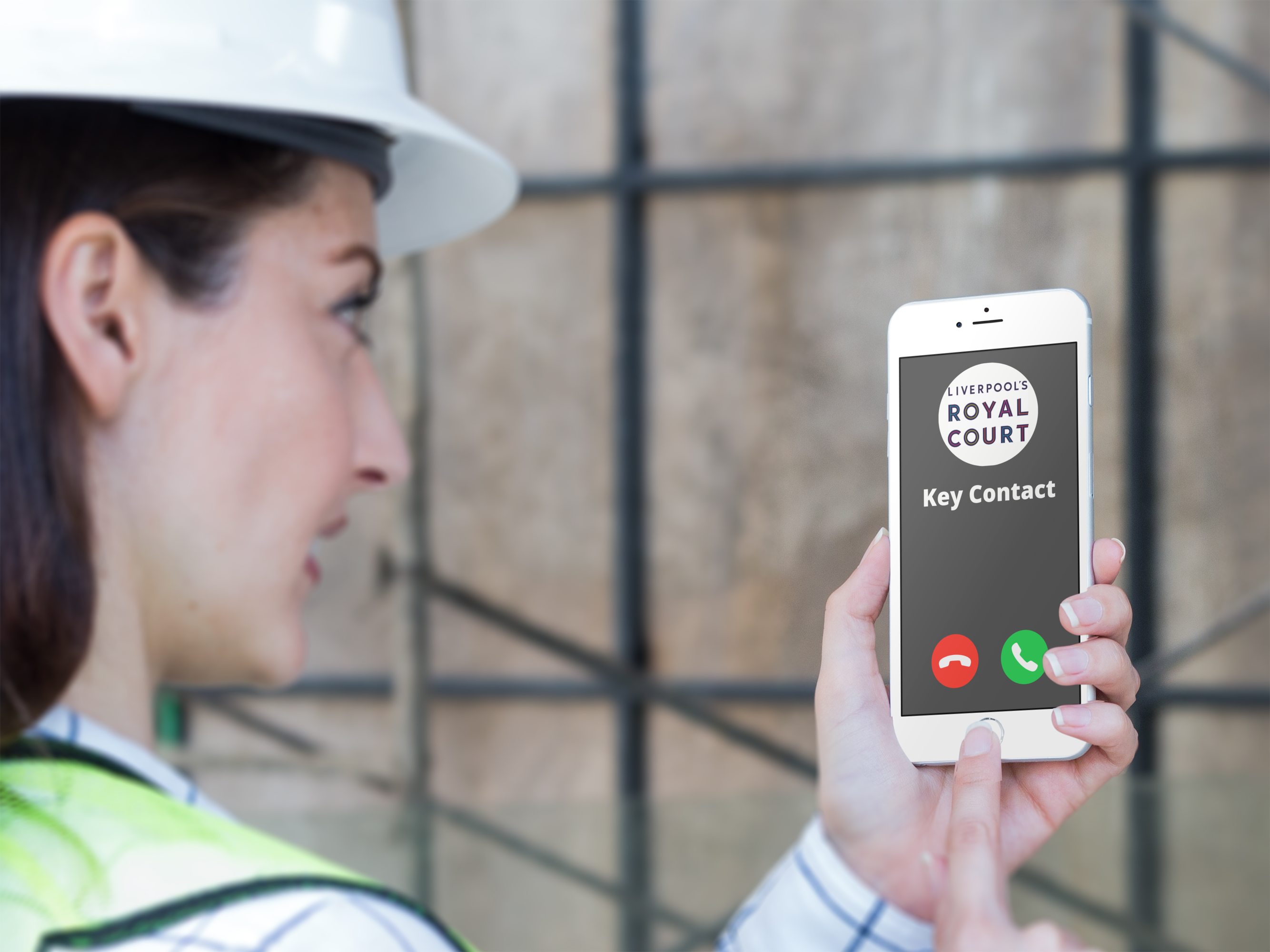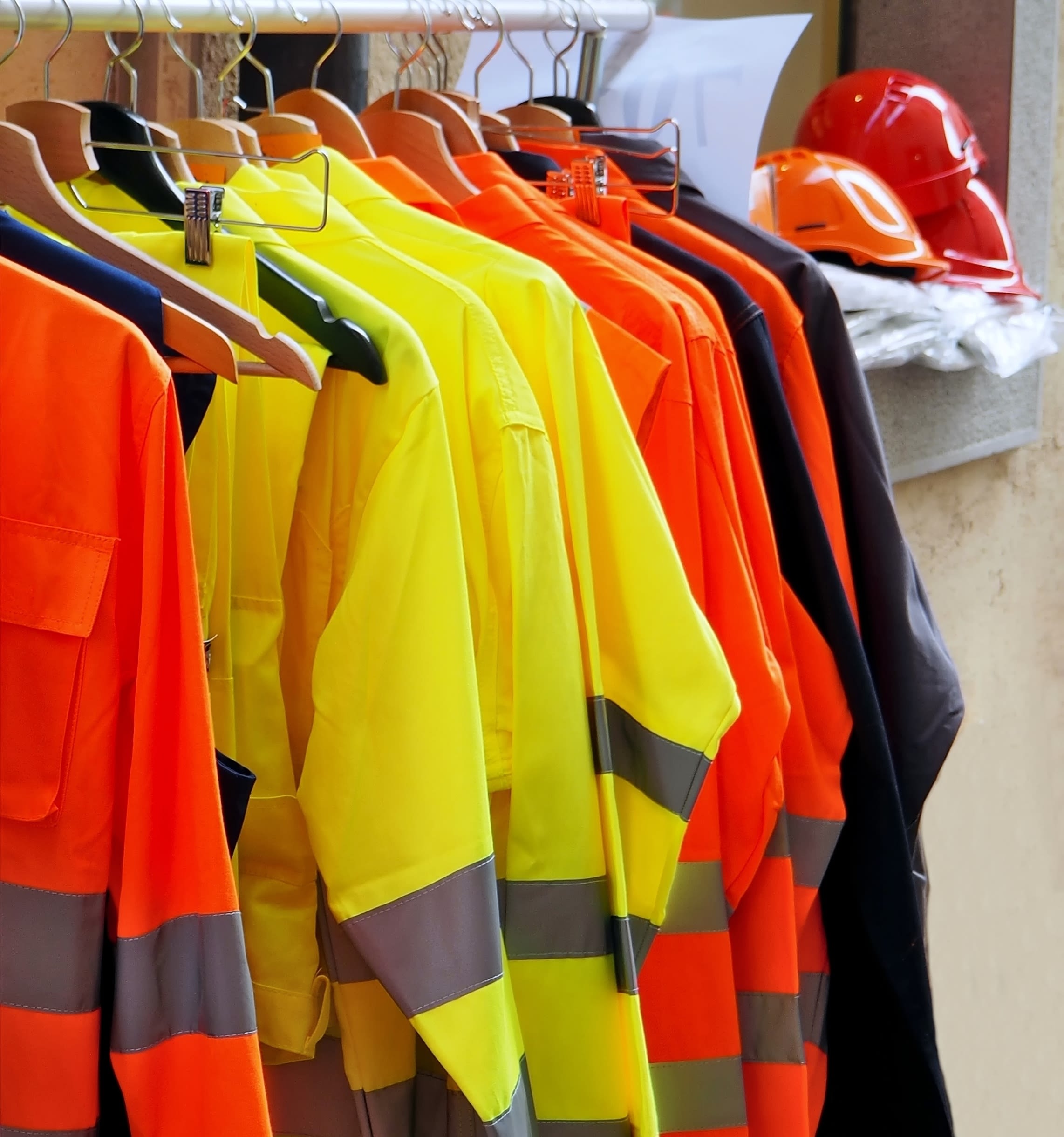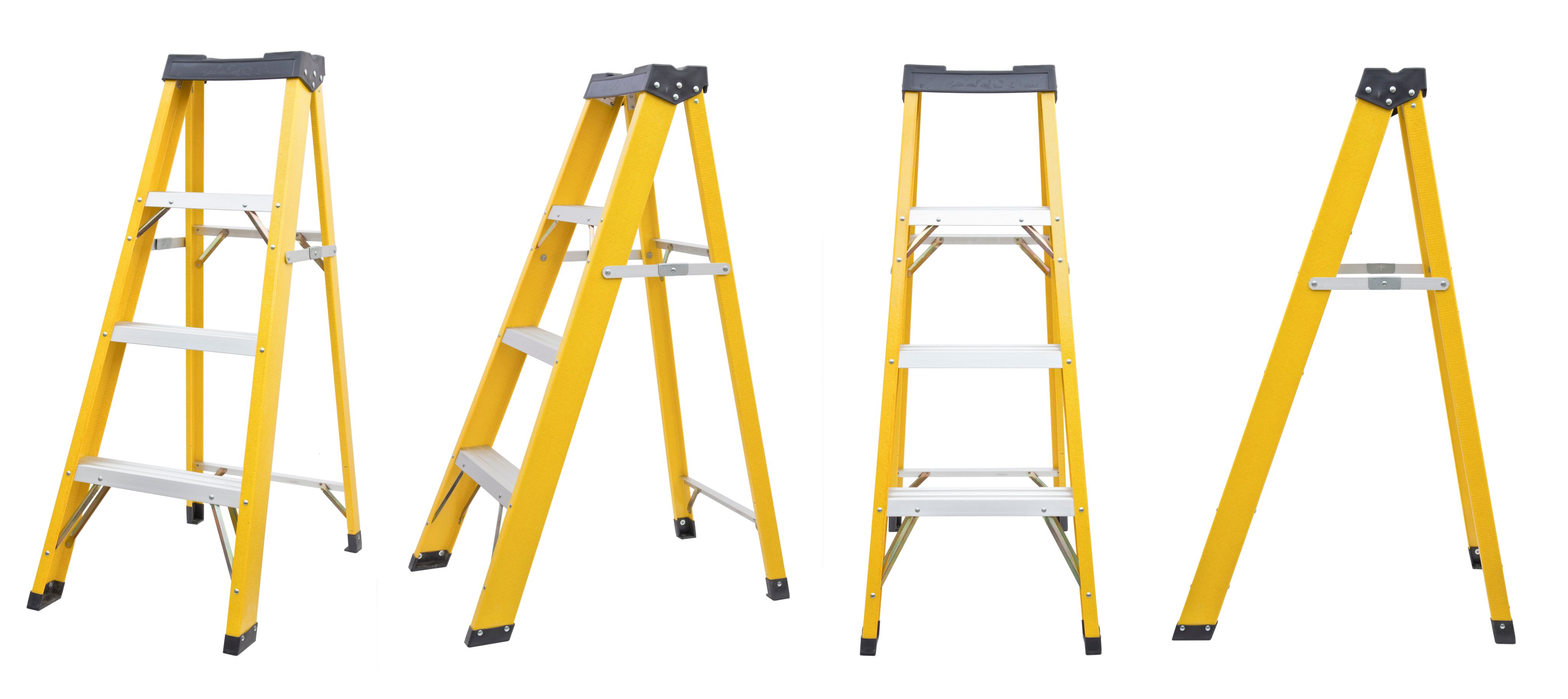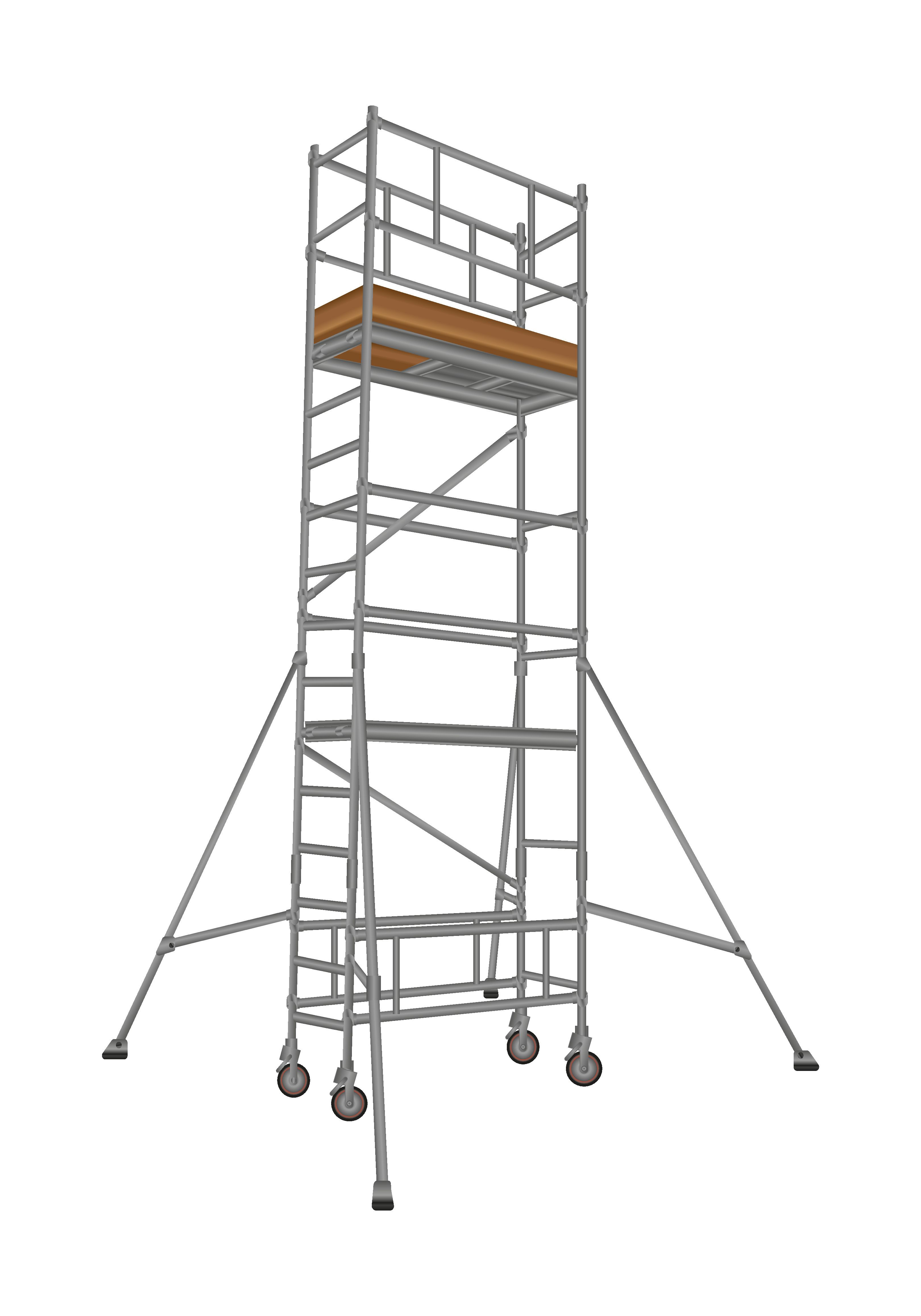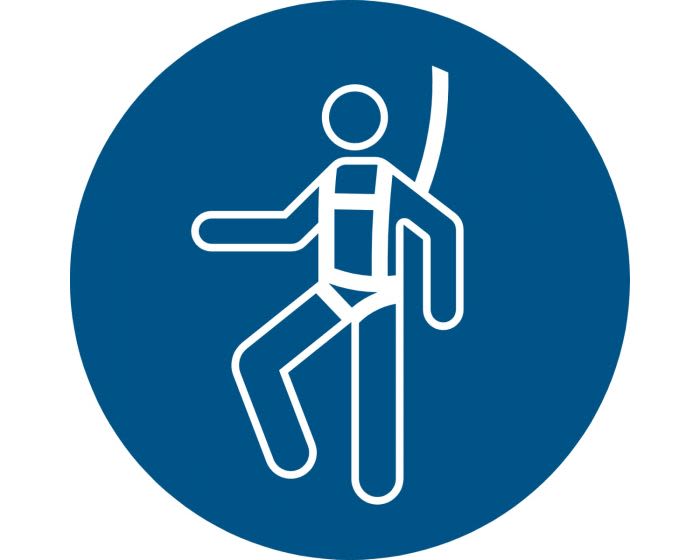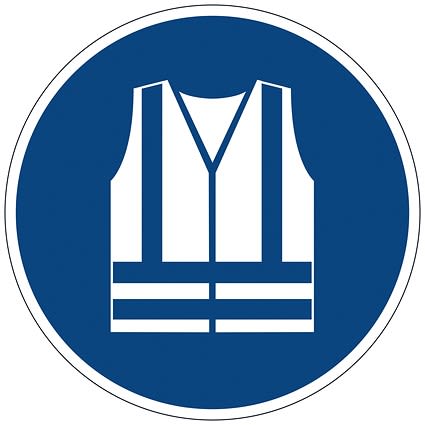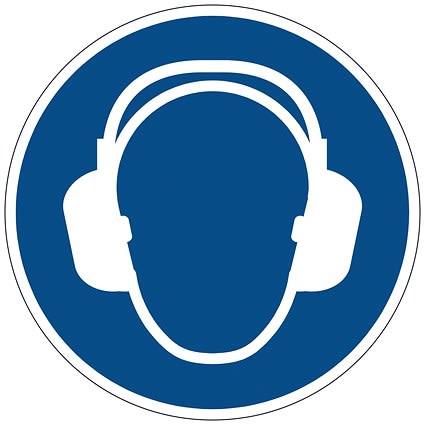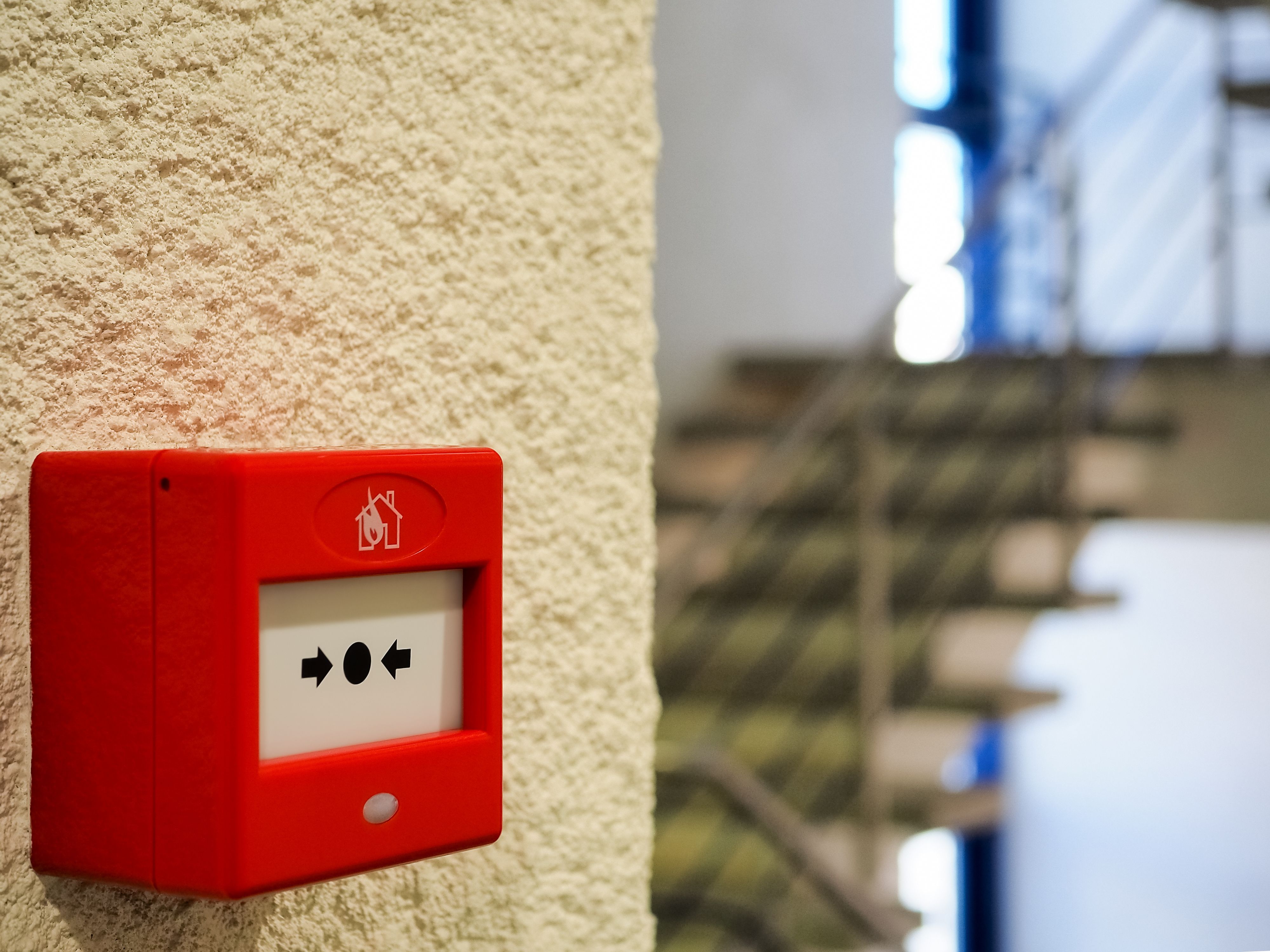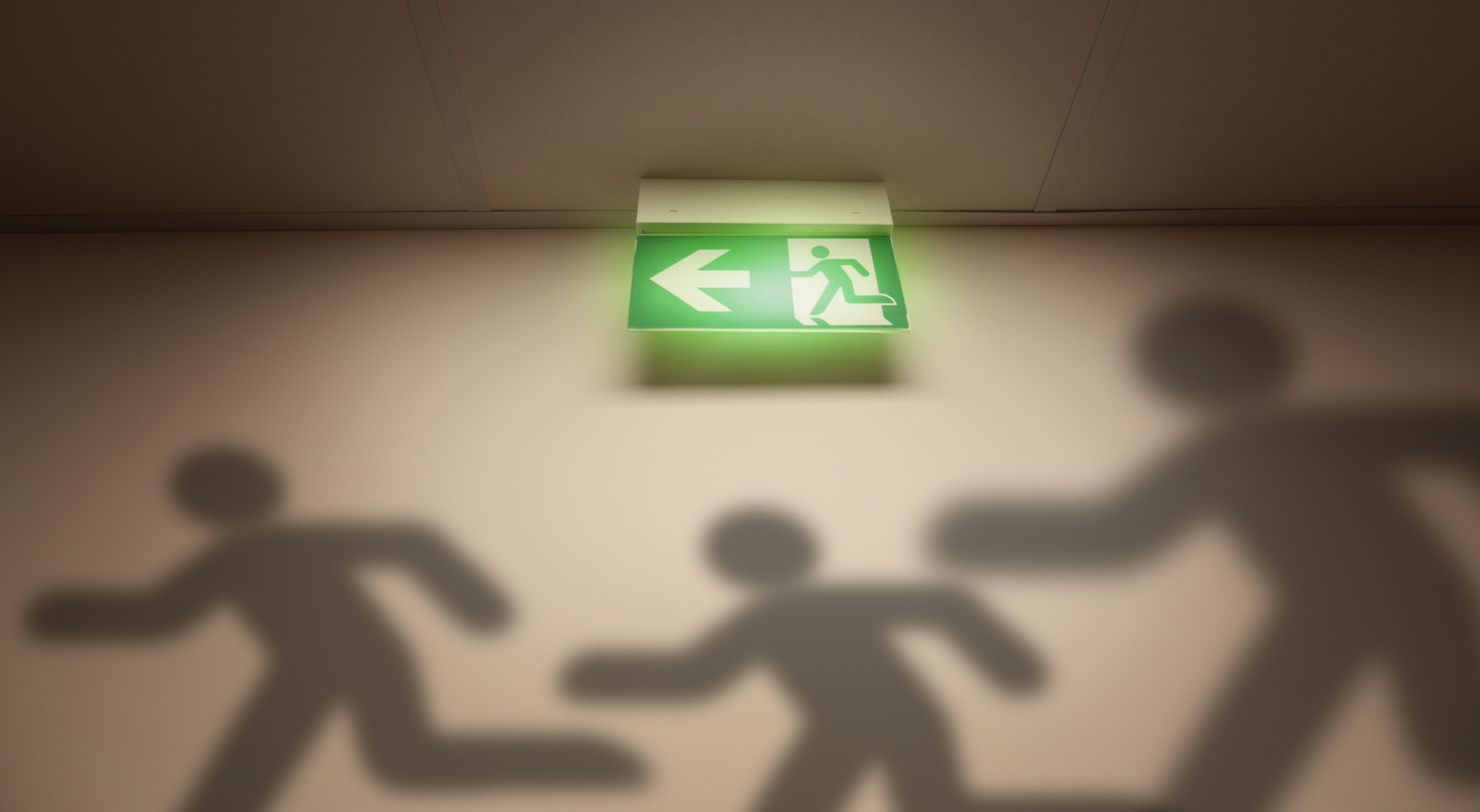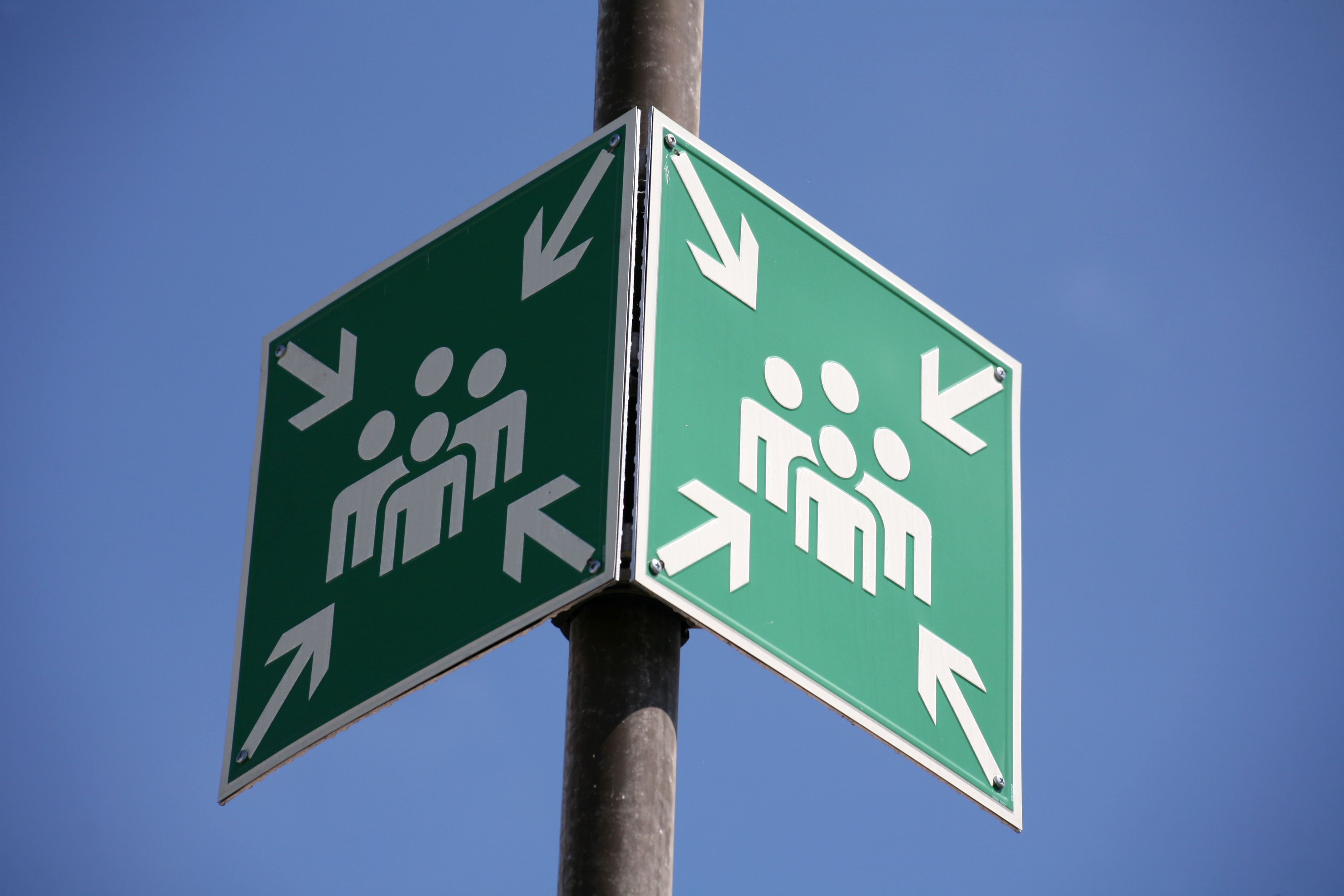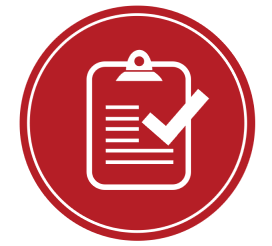Site Safety Induction
Health and Safety Information for
Contractors and Visitors
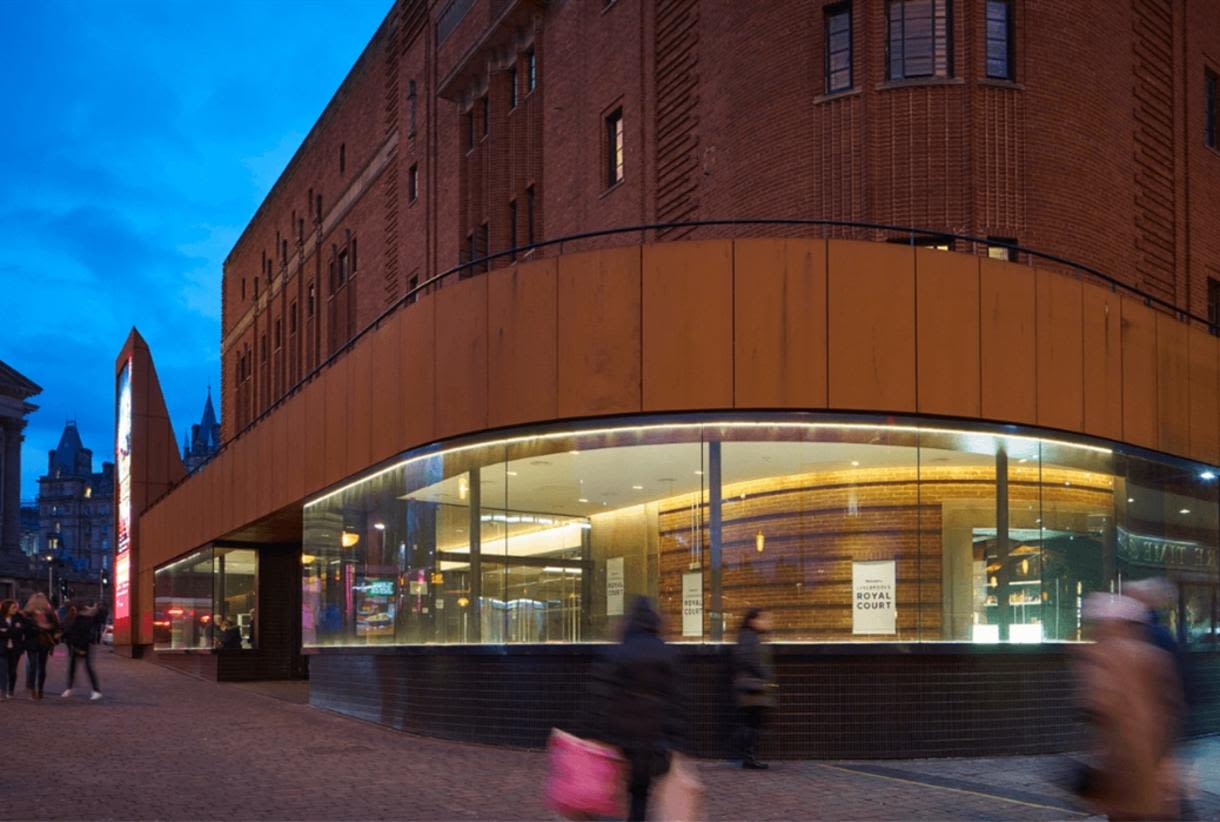
Section 1
Introduction and Key Contacts
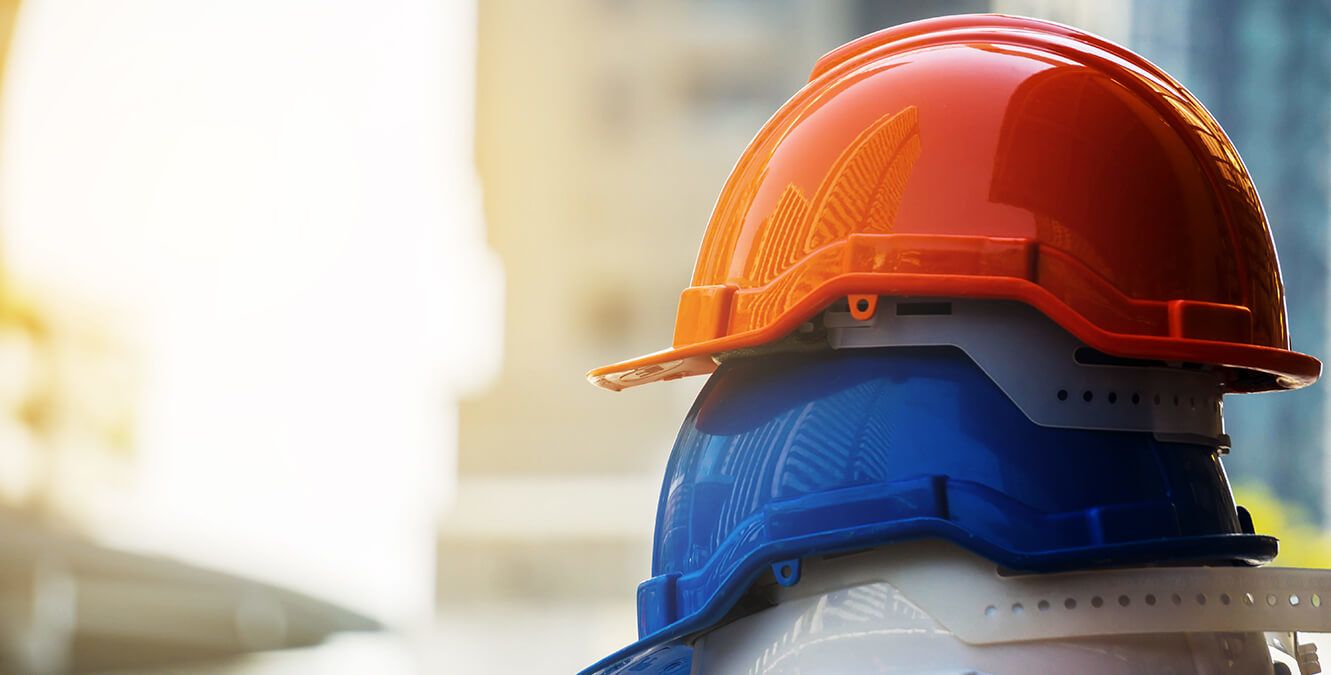
It is the policy of Liverpool Royal Court Theatre (LRCT) to promote the highest possible levels of health and safety, so as to lead to the avoidance, or reduction of risks to the health and safety of all persons who may be affected by their business activities, and to ensure compliance with all current UK H&S legislation.
LRCT management makes specific commitments to its staff, visitors, and contractors with regards working safely, personal safety, care of the environment and being mindful of safety when managing all work activities under their control.
The management considers that these issues are the responsibility of the company management team and rank equally with that of finance, marketing, human resources and commercial issues.
Once you have read and understood the health & safety information herein, please follow the link at the end of the induction to confirm that you have understood and will comply with the safety requirements whilst on site at LRCT. A live list of persons completing the Health & Safety Induction is held by the management.
You MUST complete sign this Health & Safety Induction before you are permitted to work at, or visit the company’s premises.
Key Contacts
Contact details for Liverpool Royal Court Theatre.
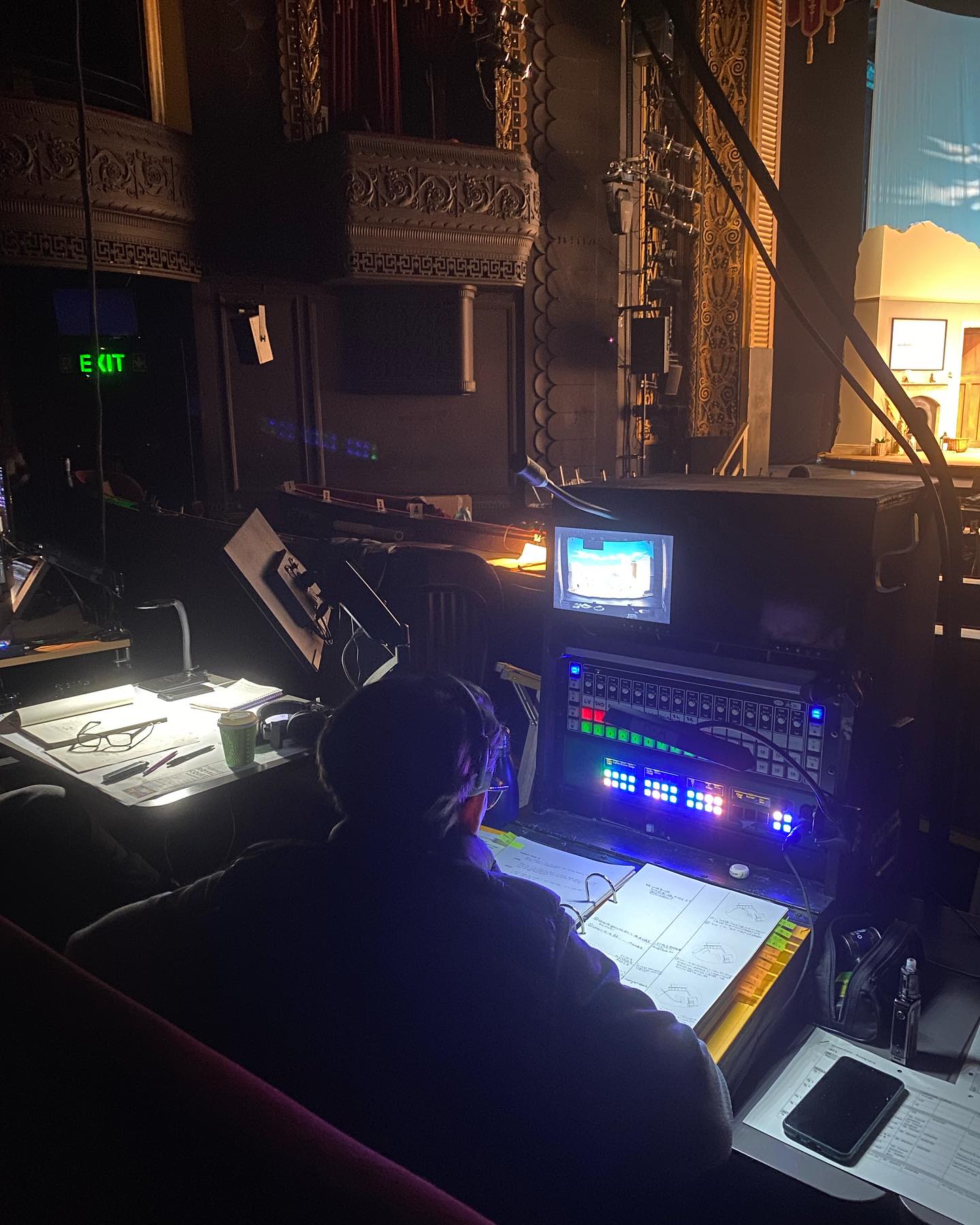
Key Contacts
Stage Door
Phone - 0151 709 4321
Email - xxx@liverpoolsroyalcourt.com
Technical Manager
Phone 44 (0)7928 252 052
Email -dtaylor@liverpoolsroyalcourt.com
Head of Production and Technical
Phone - +44 151 702 5895
Email - sean@royalcourtliverpool.com
Section 2
Personal Safety

Personal Protective Equipment (PPE)
- All contractors as a minimum MUST wear High Viz vests whilst working in the loading bay, Roe Street.
- Whilst unloading from the road into the loading bay, or close to vehicles, high visibility clothing or vests must be worn.
- Black High Viz clothing is NOT permitted on site.
- Foot protection (Safety Boots) MUST be worn at all time if you are conducting lifting or heavy works (inc lifting, or as outlined in your risk assessment).
- Hard hats must be worn whenever overhead work is being conducted, or as directed by the venue management.
- Eye protection must be worn when using grinders, power saws etc. ANY hot works being conducted at the venue will be subject to hot works permit - please contact Sean Gannon, or view the venue HS portal to request a permit (please liaise with your venue contact to access the portal).
- Ear protection must be worn when directed to by your risk assessment or, by venue management as required or applicable.
Manual Handling
Any contractor working at the venue MUST ensure they are lifting / conducting manual handling activities in a safe and correct way.
When you lift, push, pull, or lift ensure you follow the correct procedure for lifting.
Please keep scrolling to view the next section
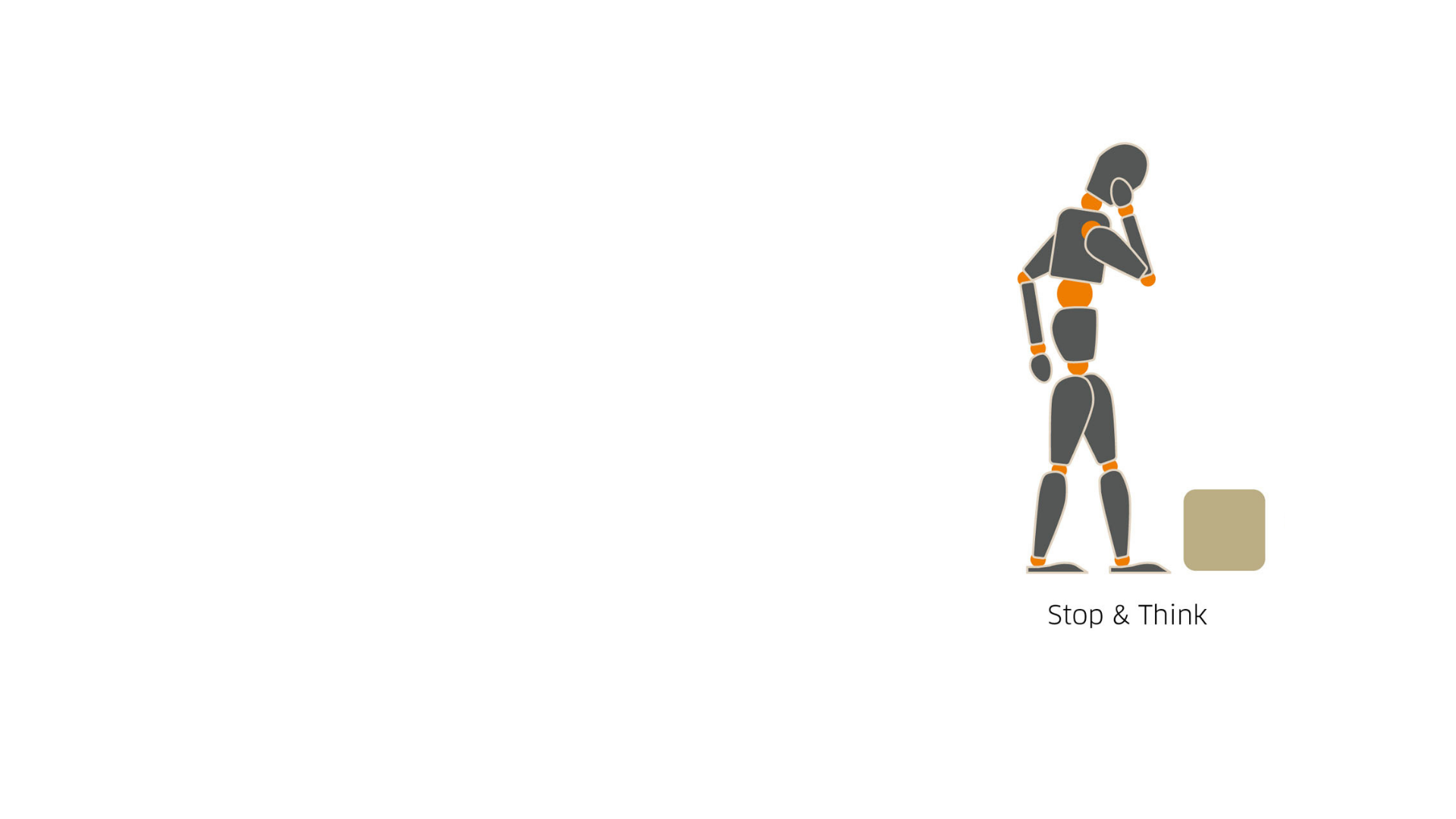
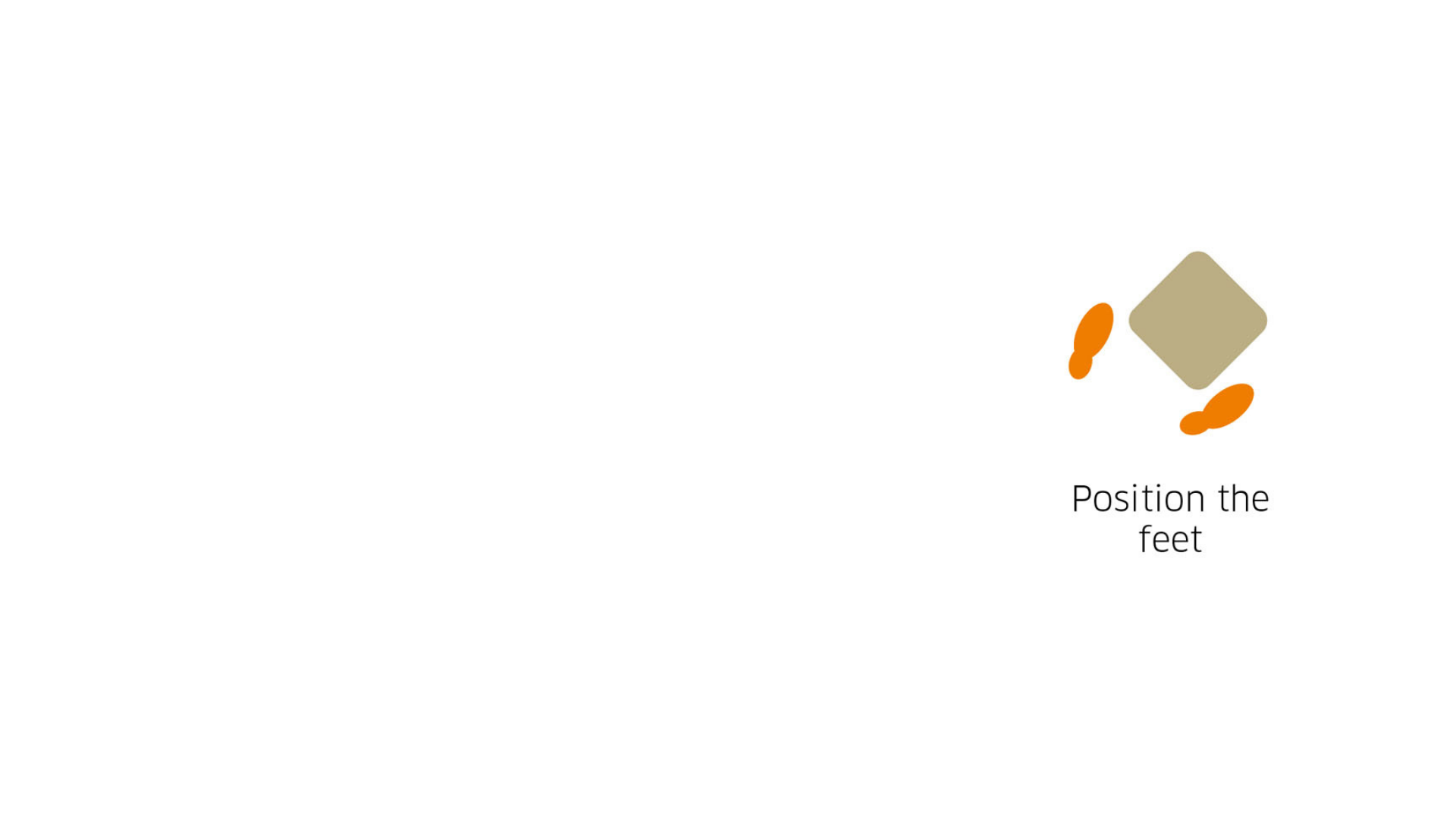
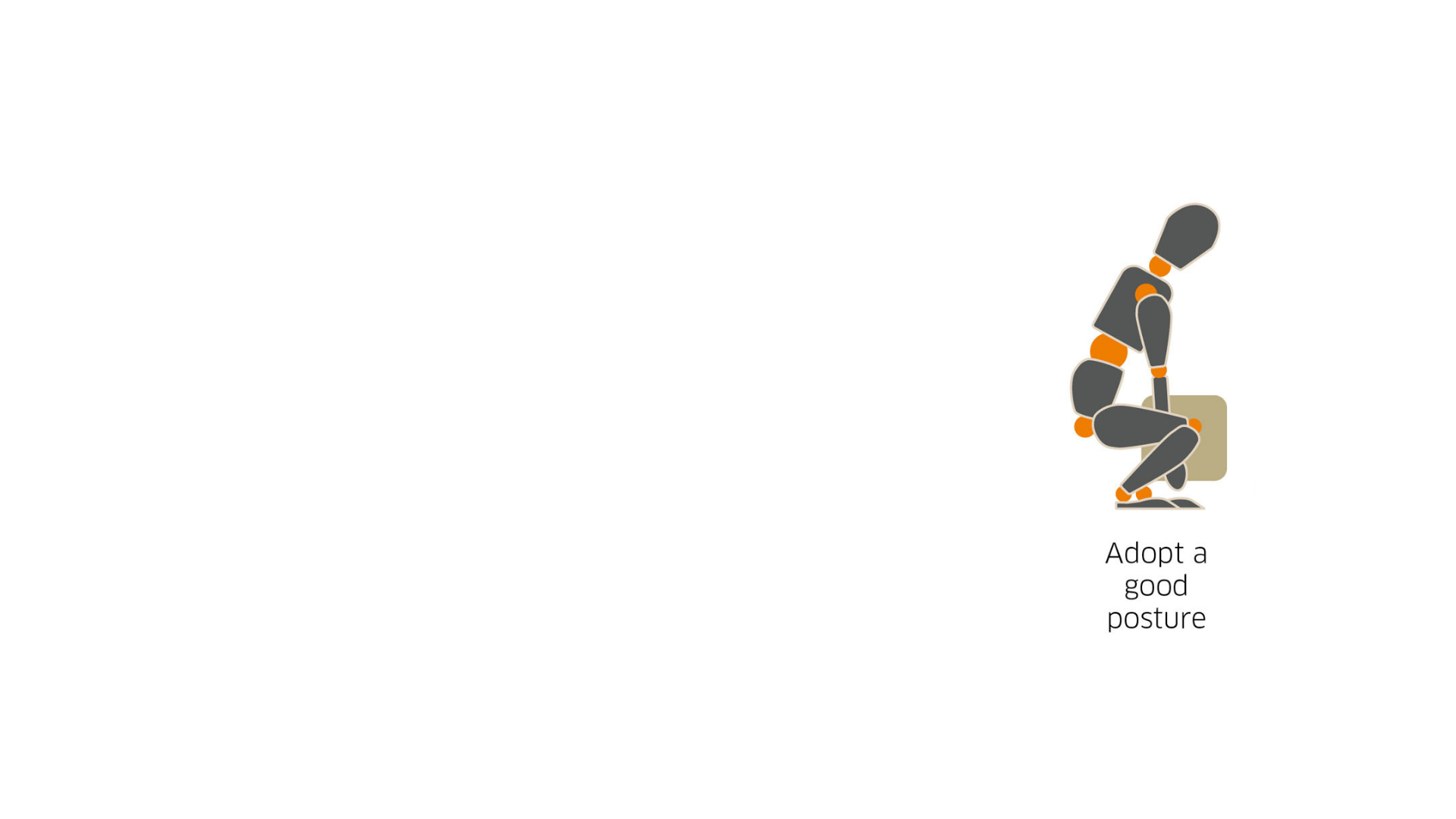
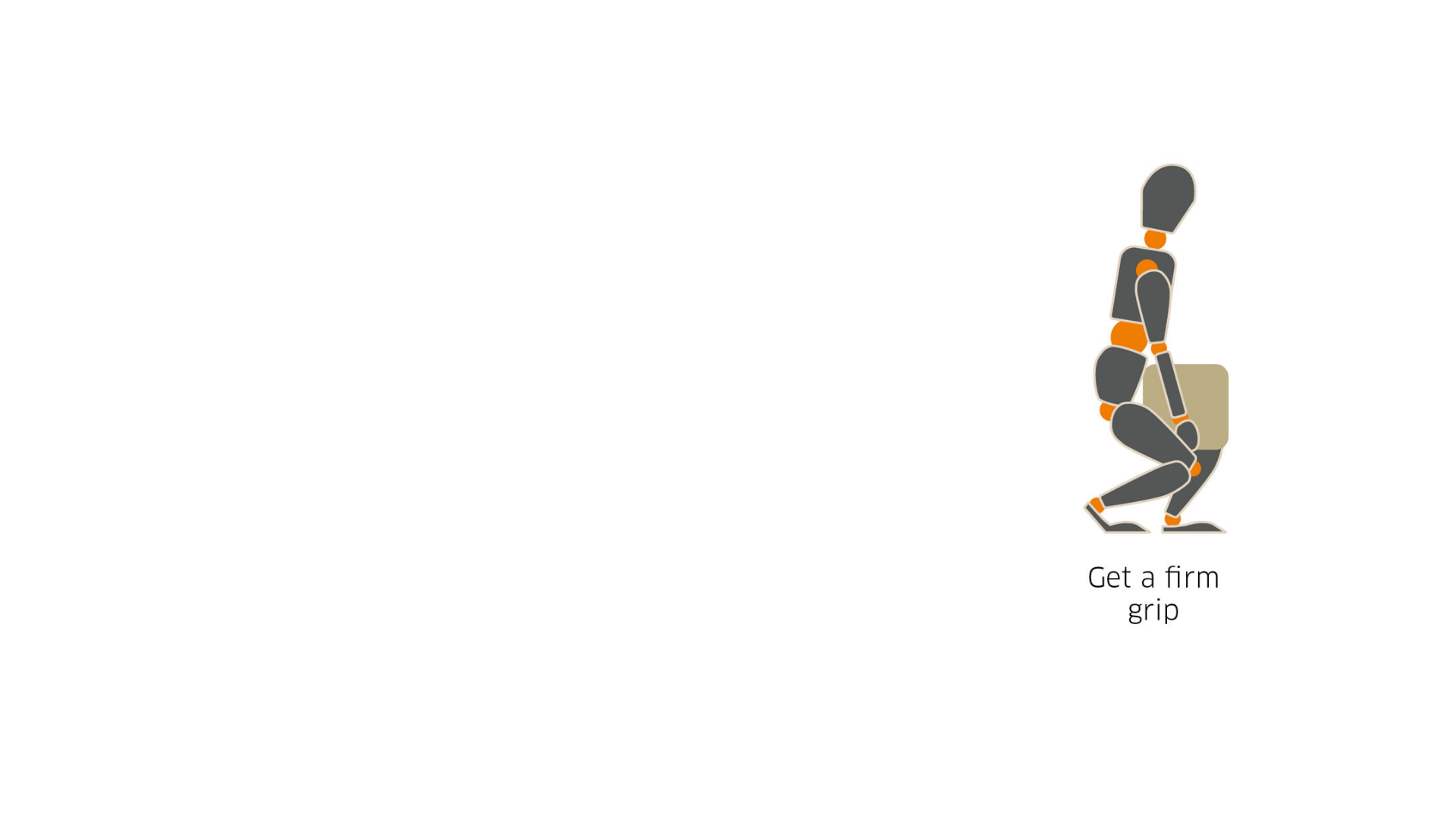
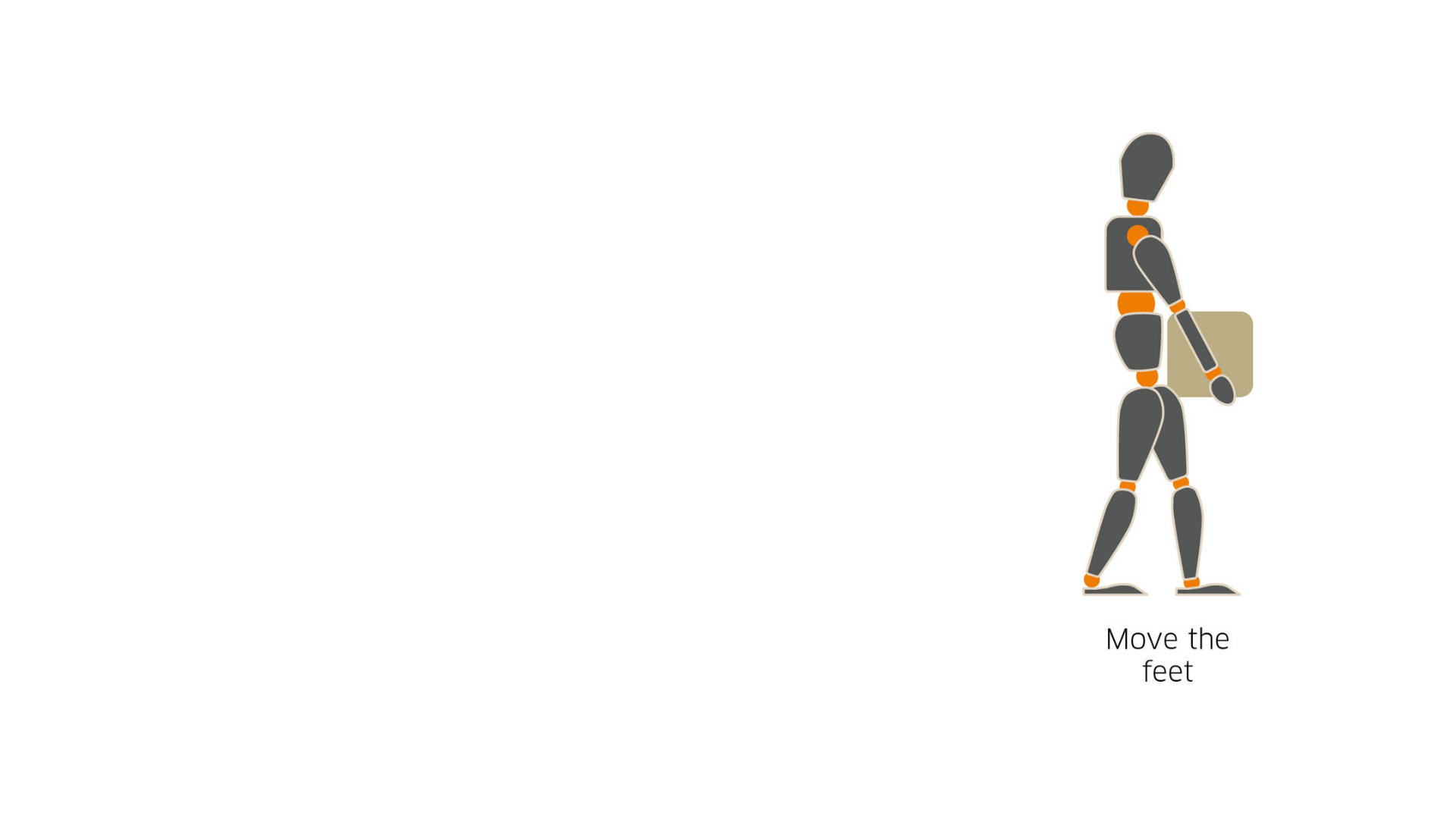
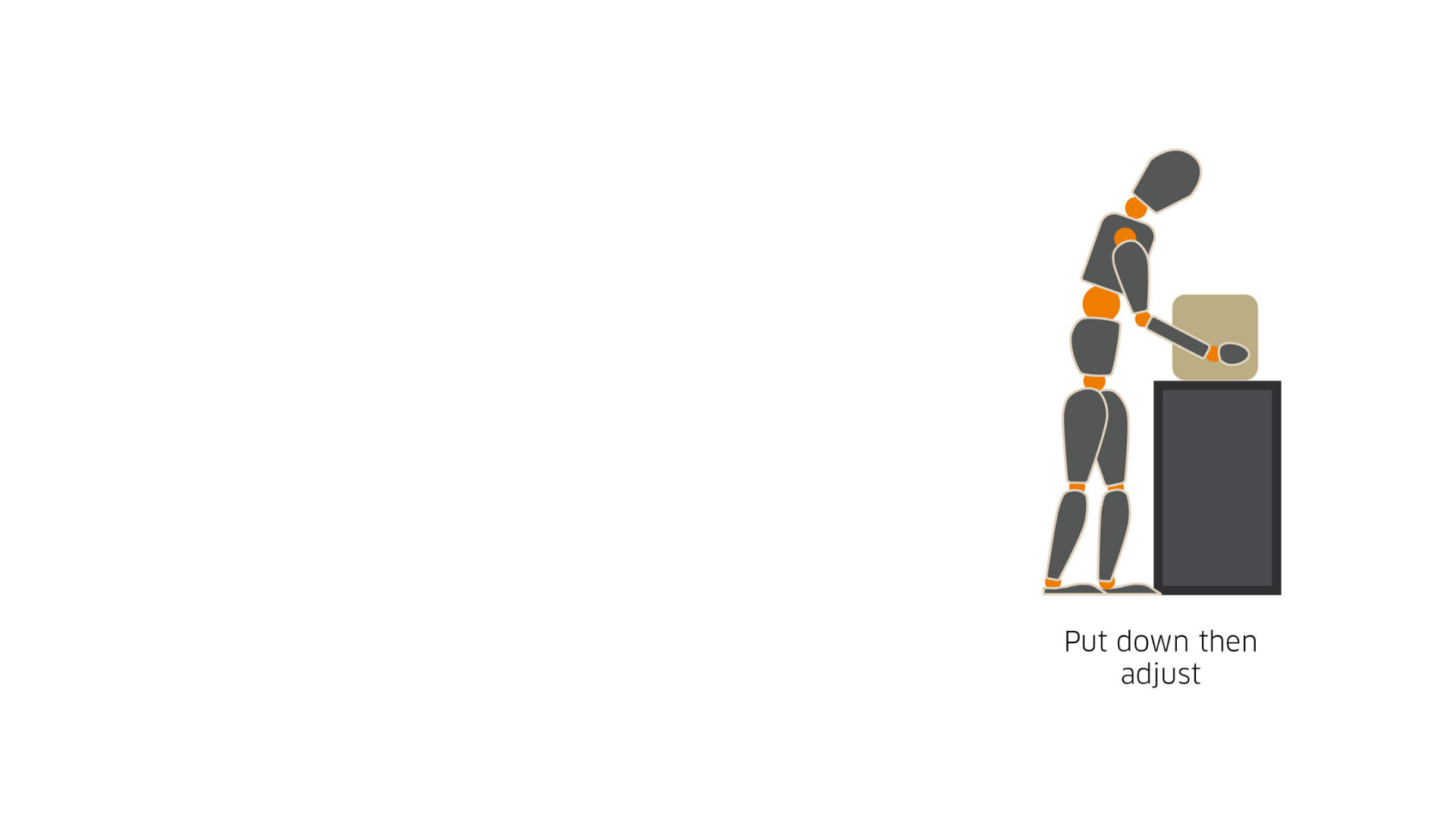
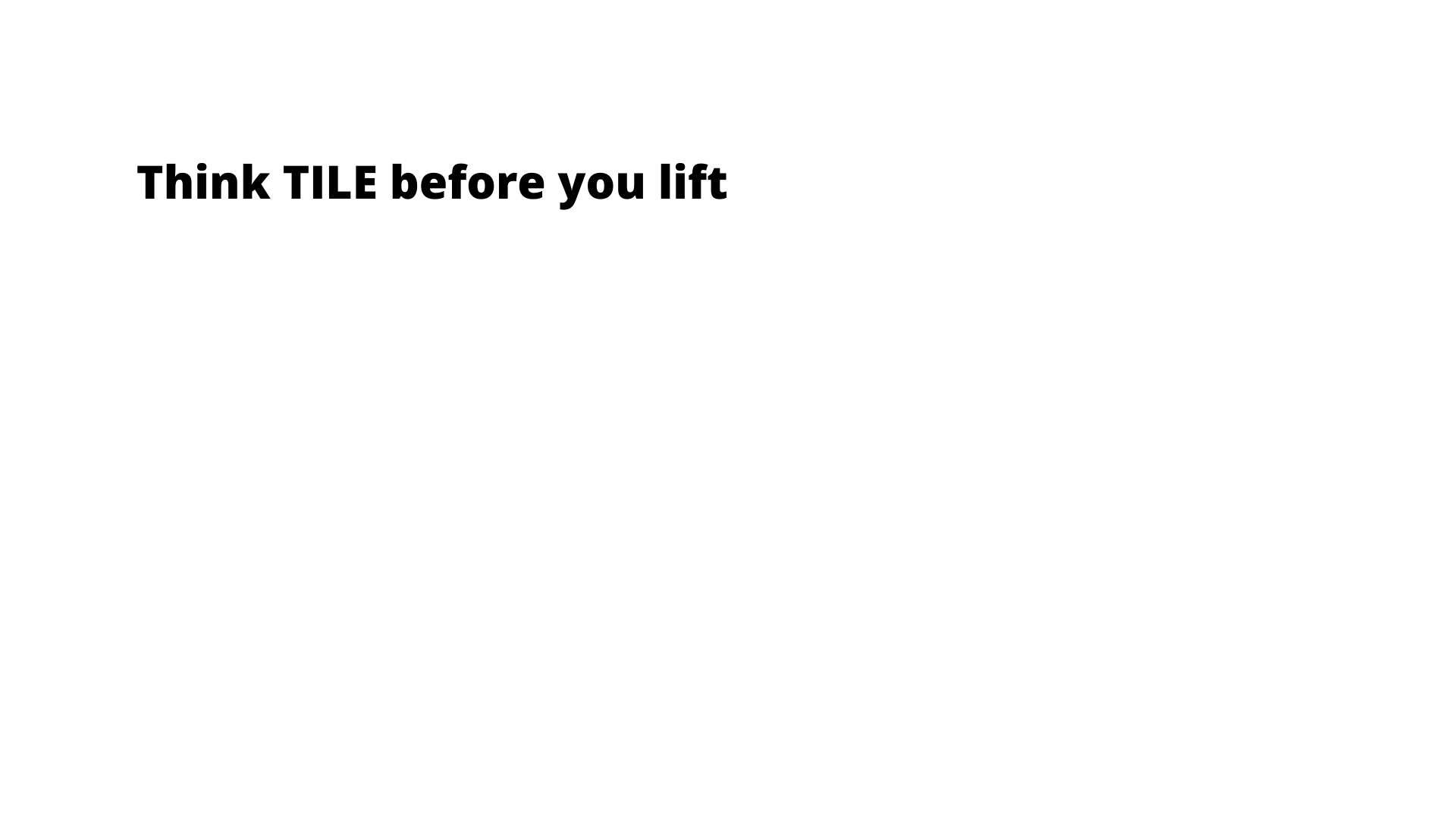
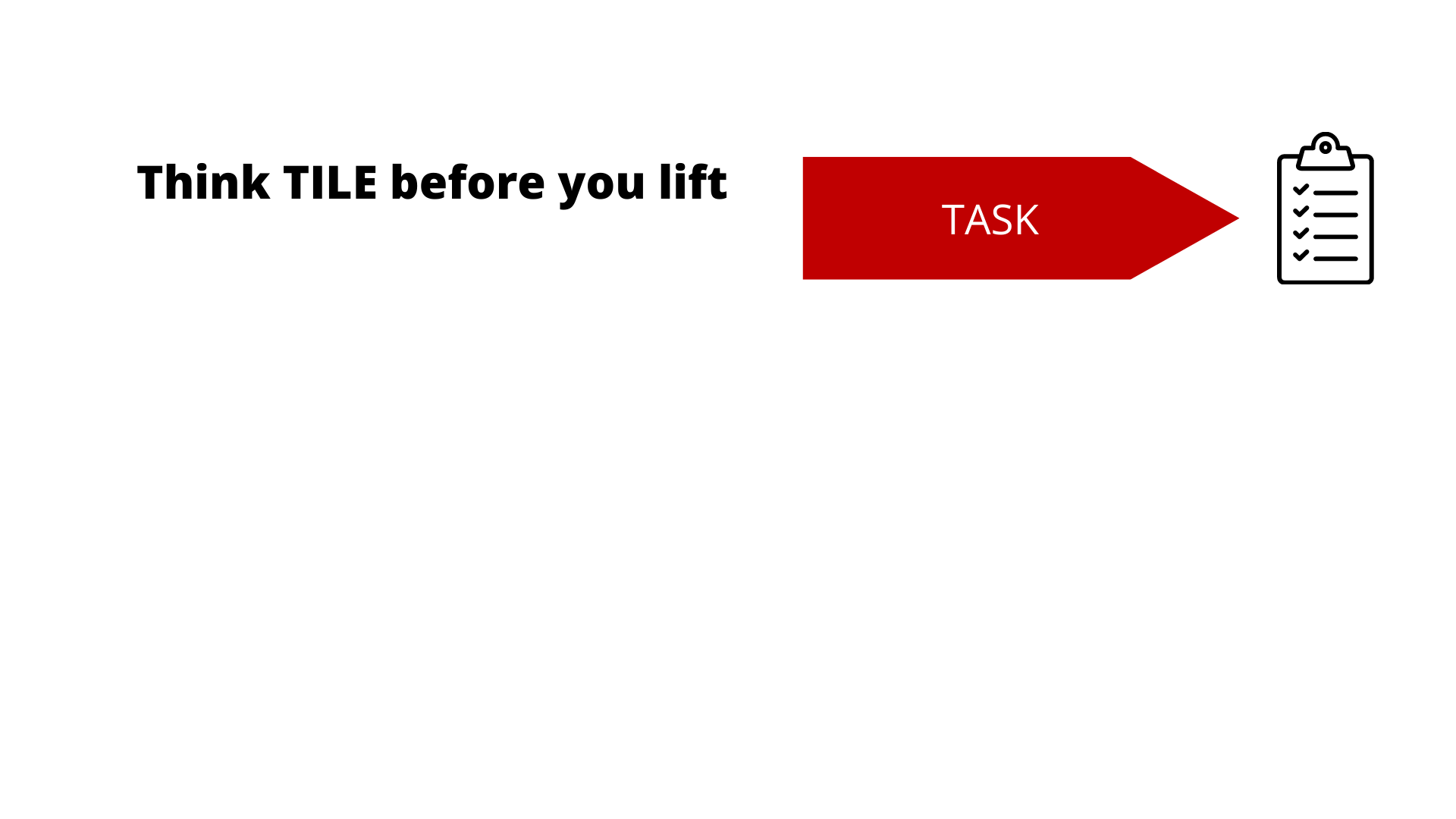
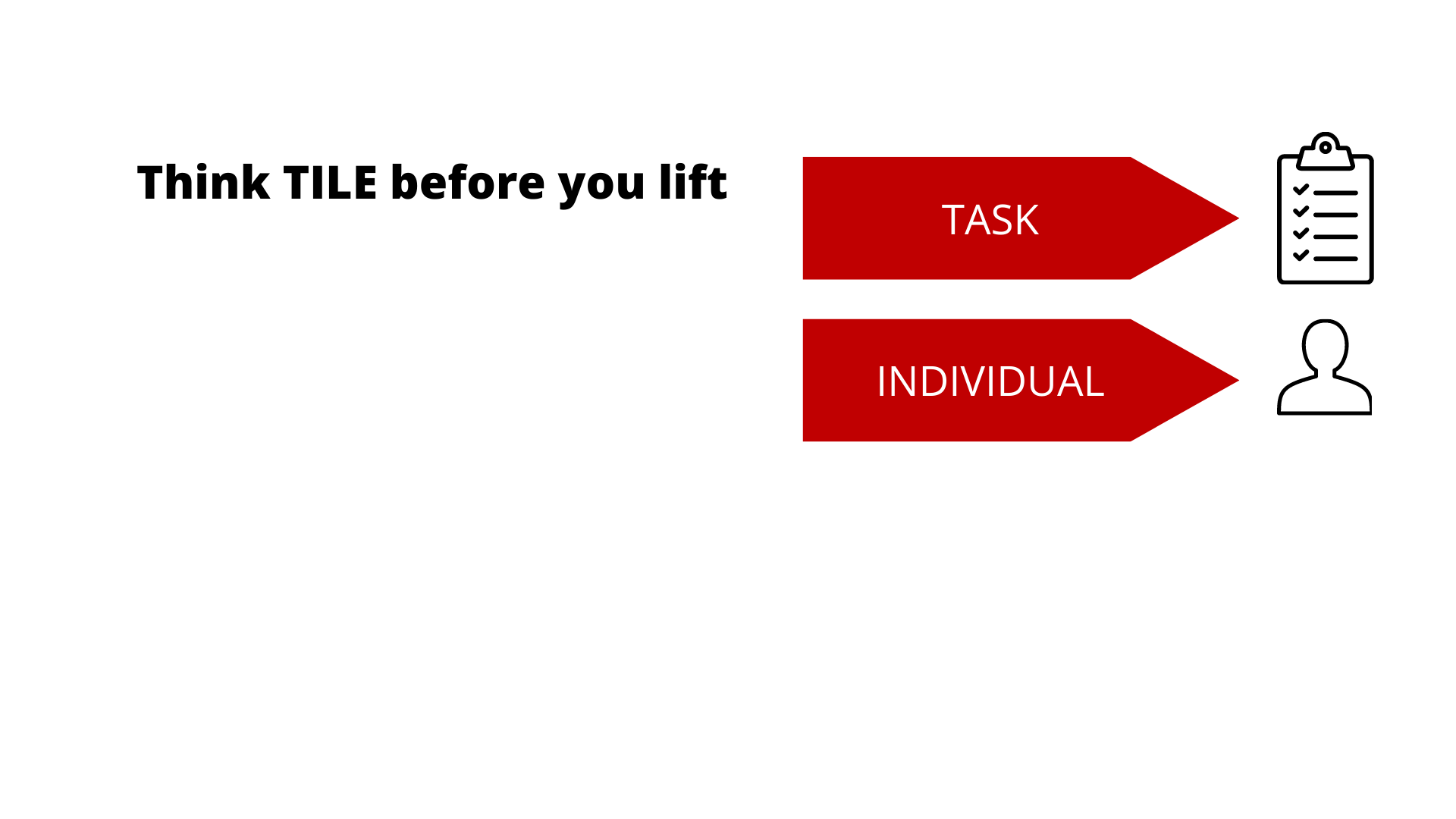
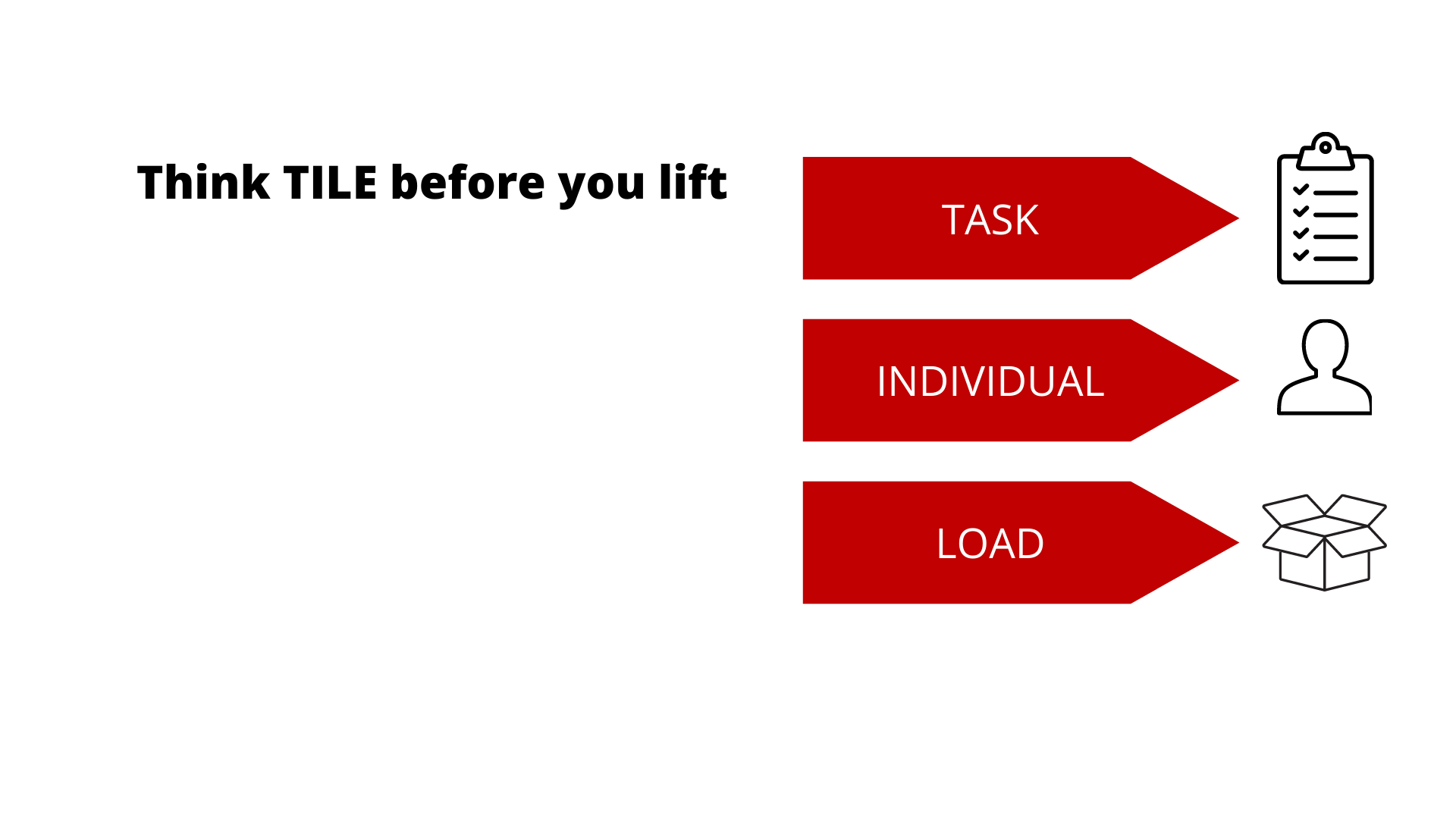
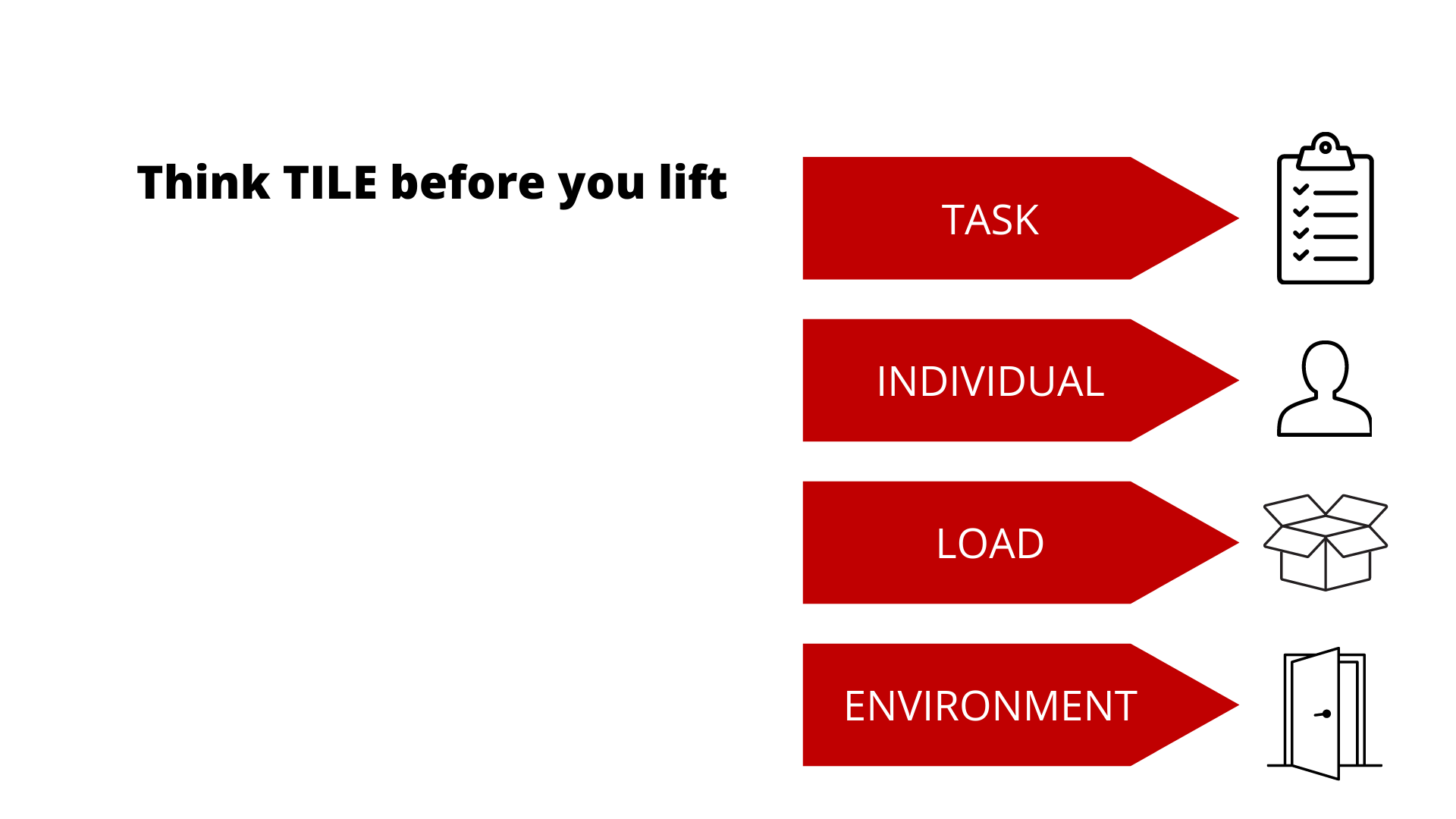
Before you do anything - Stop and Think.
Think about the load, and how you intend to lift.
Position your feet correctly. You should place your feet either side of the load, on a secure and stable stance.
Adopt a good posture - keep your back straight and avoid any twisting or sudden movements.
Get a firm grip of the load - ensure you can hold it securely especially if it is a load that can move.
Move with your feet. Do not twist your back to move a load from point A to point B, use your feet to direct and move.
Place the load down onto a secure surface before you move or adjust it. Trying to adjust a load whilst you are still lifting or carrying can cause an injury.
Before any manual handling operation, remember the Acronym TILE
T - Task
Think about the task - what needs to be lifted, where and how.
I - Individual
Think about the individual capability. Everyone has different lifting abilities.
L - Load
What is the load? Can it move, how stable is it, is it more heavy on one side than another?
E - Environment
What other factors are there - will there be any slippery floors, any changes in height such as stairs?
Section 3
Working at Height
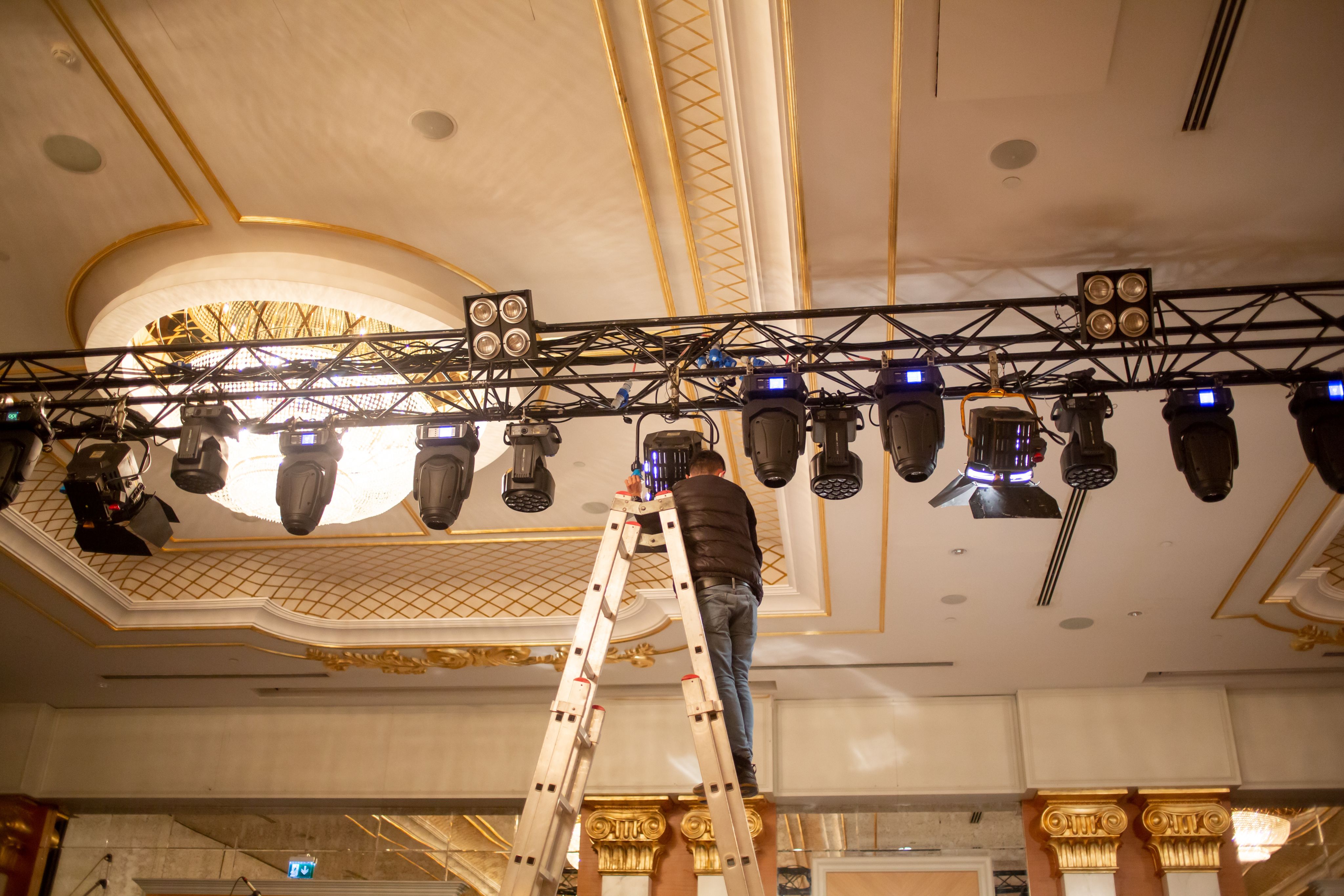
Safely Working at Height - General rules.
You are required by law to consider the significant hazards and controls when planning and undertaking work at height.
You must:
- ensure if accessing the grid, you have the correct permissions, have completed a specific induction and, are working to the existing procedure and risk assessment for grid work;
- check that the place where work at height is to be undertaken is safe. Each place where people will work at height needs to be checked every time, before use;
- stop materials or objects from falling or, if it is not reasonably practicable to prevent objects falling, take suitable and sufficient measures to make sure no one can be injured, eg use exclusion zones to keep people away;
- store materials and objects safely so they won’t cause injury if they are disturbed or collapse;
- plan for emergencies with production at the venue, eg agree a set procedure for evacuation. Think about foreseeable situations and make sure everyone working knows the emergency procedures. Don’t just rely entirely on the emergency services for rescue in your plan from the grid, for example
If you are not able to avoid working at height, you should ensure;
- you select the correct equipment equipment needed for the job;
- that any equipment that you have identified and use is well maintained and in good condition;
- any hand tools used have correct tethers in place;
- for work on the exterior part of the building ensure weather conditions are monitored and briefed at the beginning of each day;
- where there is a risk from falling from height with insignificant controls, full body harnesses are to be worn, which are specific to the user;
- ensure rescue plans are discussed and communicated to enable a suspended person to be at ground level within 10 mins; LRCT must be made aware of third party contractor rescue plans before work start.
Further specific information outlined below for ladder work, towers and harnesses.
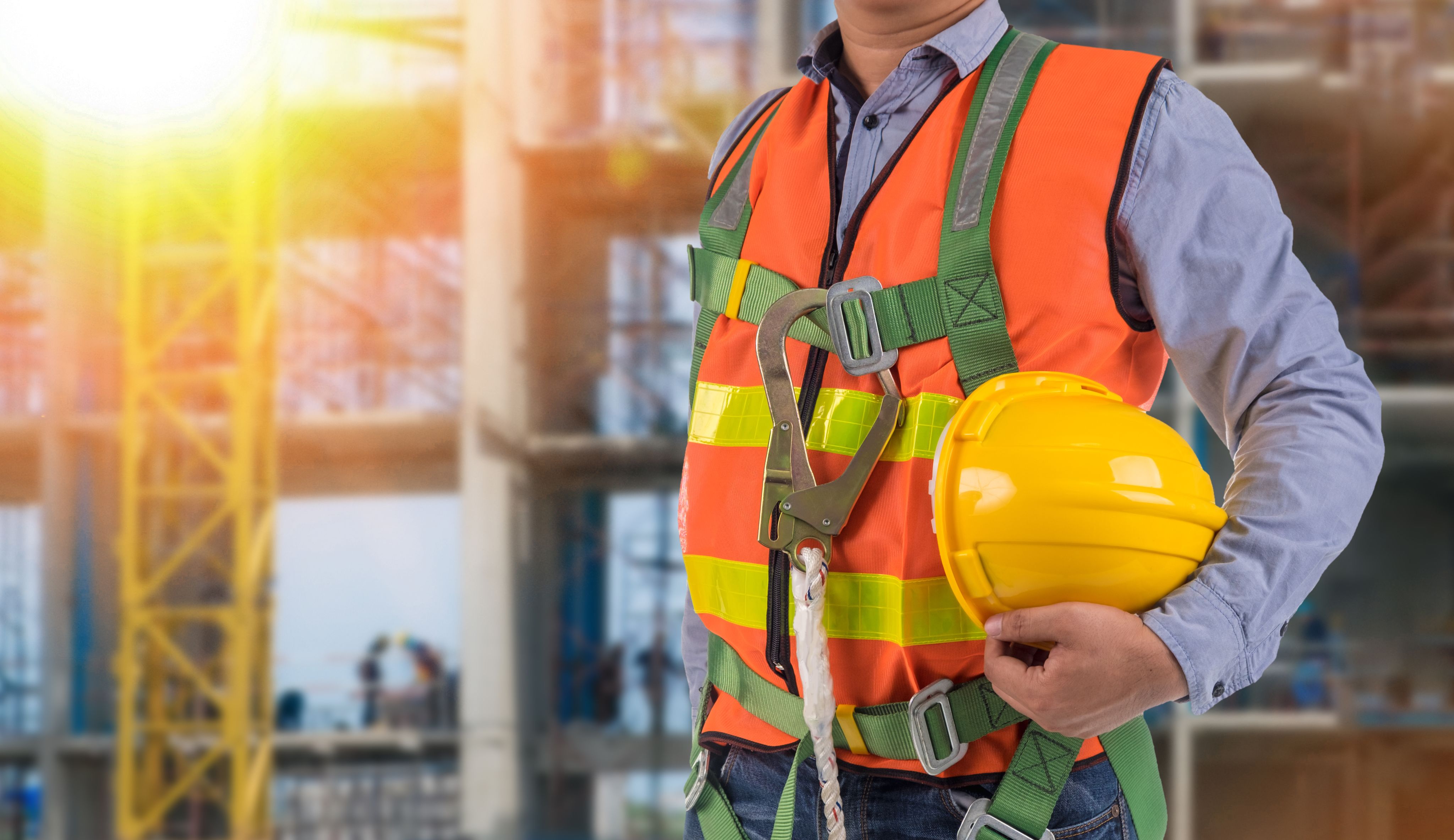
- Ladders must be Class 1 and EN131 but not Class III (domestic) and should only be used for access and light work or short duration. All ladders must be inspected before they are used to ensure they are fit for the purpose and in good working order.
- Ladders must be suitable for the activity being undertaken and should only be used for short duration tasks.
- Ladders must be placed on a firm stable surface and must be footed. Ladders should extend to the correct height for the work being undertaken.
- You must NOT work on the top two rungs of any ladder.
- NEVER use flight cases as access equipment.
- Ladders must extend 1.05m above the working landing or support and must rise at an angle given by 1m out from the wall for every 4m of rise. Ladders that are more than 3m high must always be tied. Ladders shorter than 3m may be footed for short periods of time.
- Ladders must only be used on level, stable surfaces. Ladders must not be more than 9m high unless intermediate landing places are provided, which have adequate toe boards and handrails.
- When work continues into the next day ladders must be removed and secured overnight. If at any time they are left unattended they must be rendered unclimbable.
- Access Towers must be built correctly by competent individuals with correct level of training (i.e., PASMA) and must include handrails, toe boards and outriggers. Handrails must be the correct height. The venue must be provided with copies of all training evidence for contractors building access towers.
- Always empty platform before releasing wheel locks, never allow persons to ride a working platform.
- Use of system decking for working platform. Use of toe boards when loose equipment is being used. Do not overload platforms. Always climb tower from inside. Adequate handrails to be provided.
- NEVER allow persons to ride on a working platform.
- Keep personnel from under decked area while in use. Always ensure that before and after use the tower is stored securely in a place that the general public do not have access
- The venue management MUST be informed if you wish to use any form of harness prior to your work commencing.
- Fall Arrest Harnesses MUST be worn and secured (clipped on) when working on live edges.
- Any live or leading edges must have adequate protection from falls.
Section 4
General Safety
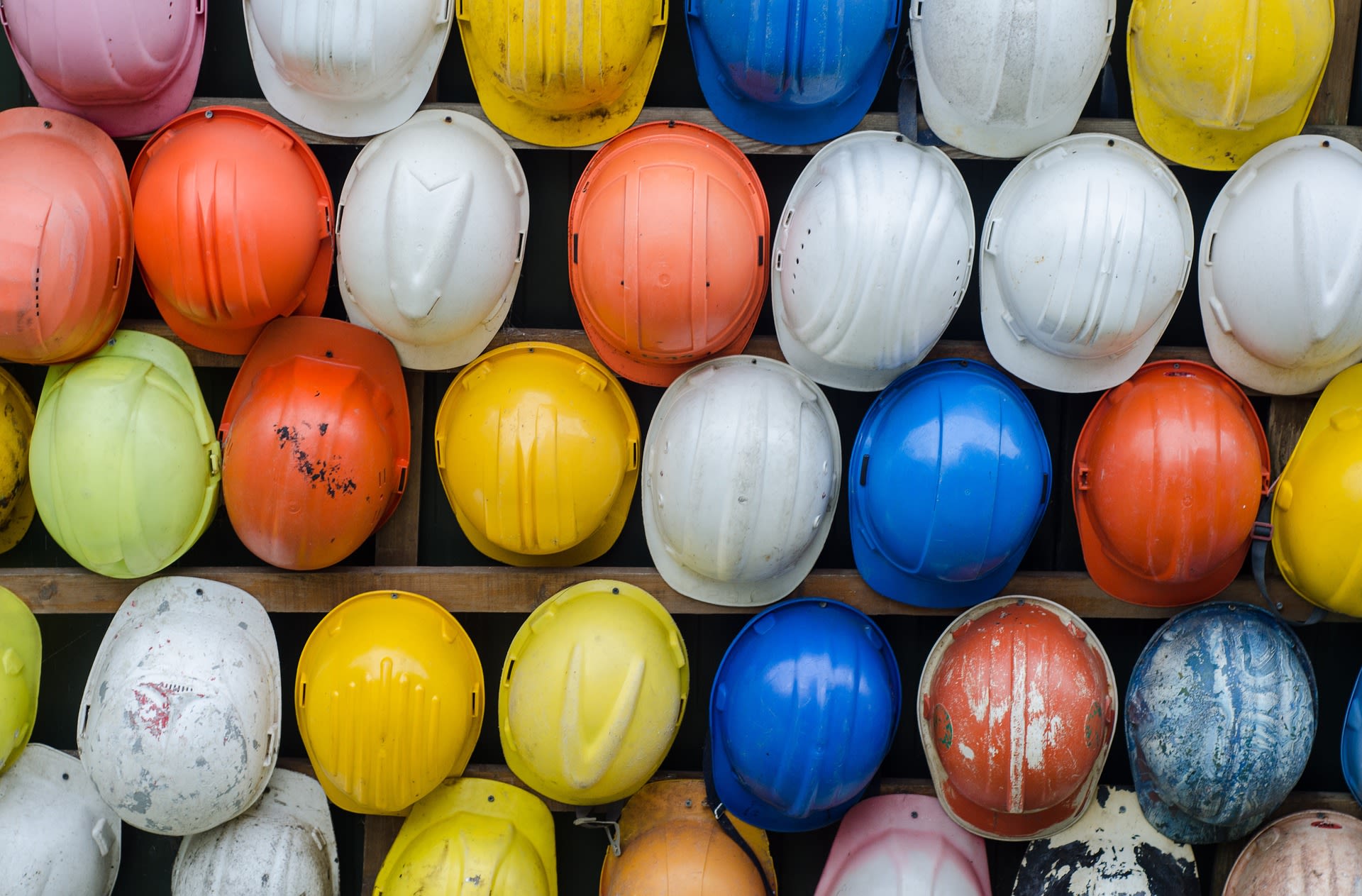
- You MUST sign in when you arrive at stage door and check that the correct PPE is worn.
Never…
- Carry out any tasks for which you have not been properly trained or that may be a risk to yourself or others.
- Come to work if under the influence of alcohol or drugs, nor use any prescription drugs, unless under medical advice and with the knowledge of the venue management, during the working day.
- Operate or use any equipment, tools, working platforms etc. for which you have not been properly trained or that may be a risk to yourself or others; Ensure all guards and other safety devices are used.
- Carry out hot work, without suitable fire equipment (Permits to Work may be required - please check with the venue or your contact).
- Walk, stand or work near anything that could collapse, topple or fall on you, including set, rigging, tank trap/bars etc.
- Use defective, faulty or incorrect plant, equipment, tools, vehicles or machinery, nor leave any of them unattended and working or with the keys in where they could be in danger to others. DO NOT interfere or By-Pass any safety devices or automatic cut-out switches.
- Carry out any unauthorised adaption or alteration to, or in any way interfere with, ladders, scaffolding, guardrails, edge protection, safety devices or any other equipment.
- Work or walk anywhere that is unsafe nor take chances - do NOT let familiarity make you contemptuous of danger.
Always…
- Keep your mind on your work – NO radios, personal stereos, walking whilst on a mobile phone etc:
- Watch where you are going and look out for and avoid anything that may cause you to slip, trip, fall – don’t walk with your hands in your pockets or where your vision is obstructed and NEVER walk backwards.
- Keep your workplace clear of rubbish and dispose of your waste material in a responsible manner.
- Bring to the attention of the venue management any issues involving Health and Safety; report all accidents, incidents and near misses using the online reporting app (accessed by clicking here).
- Ensure that all substances hazardous to health have been subject to a suitable COSHH Risk Assessment and that all control measures identified are adhered to.
Section 5
Fire, First Aid and Emergencies
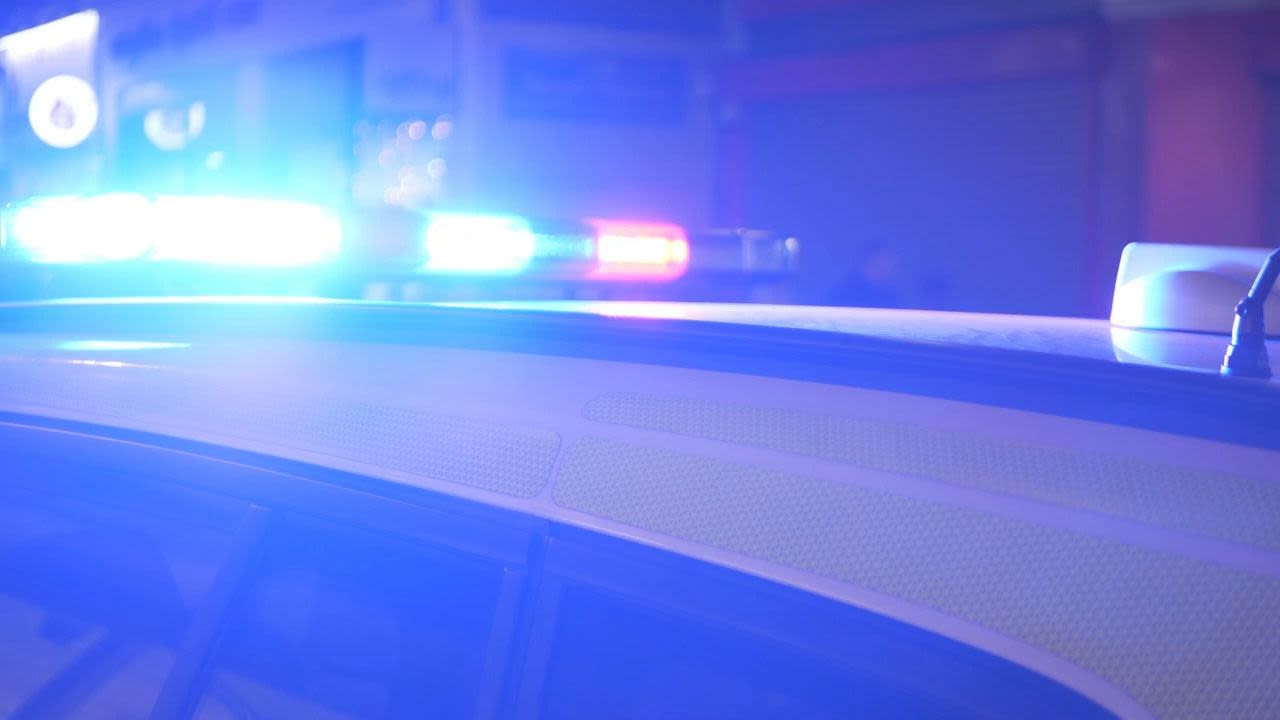
First Aid
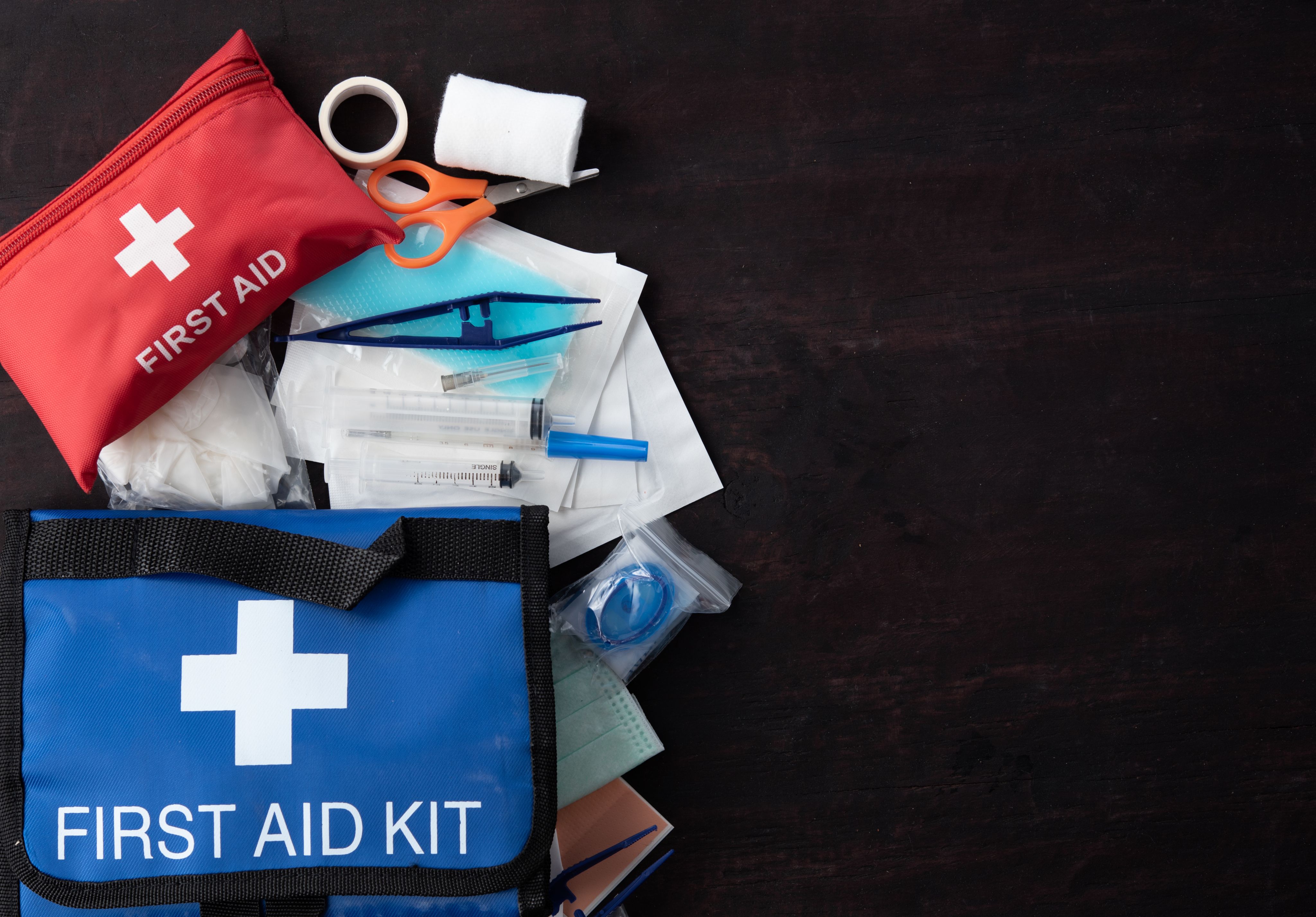
The venue have several first aiders on site at all times.
Contact details and posters are shared at various locations around back of house, the greenroom, and stage door. If you or a colleague require first aid, contact one of the first aiders at LRCT and confirm:
- where exactly on site you are,
- what has happened,
- who is injured and what their injury is.
The building also has a space used for first aid triage and treatment however, if the injured person has had a fall / collapse or similar, do not move the patient unless advised by the first aider and/or emergency services.
Fire and evacuation
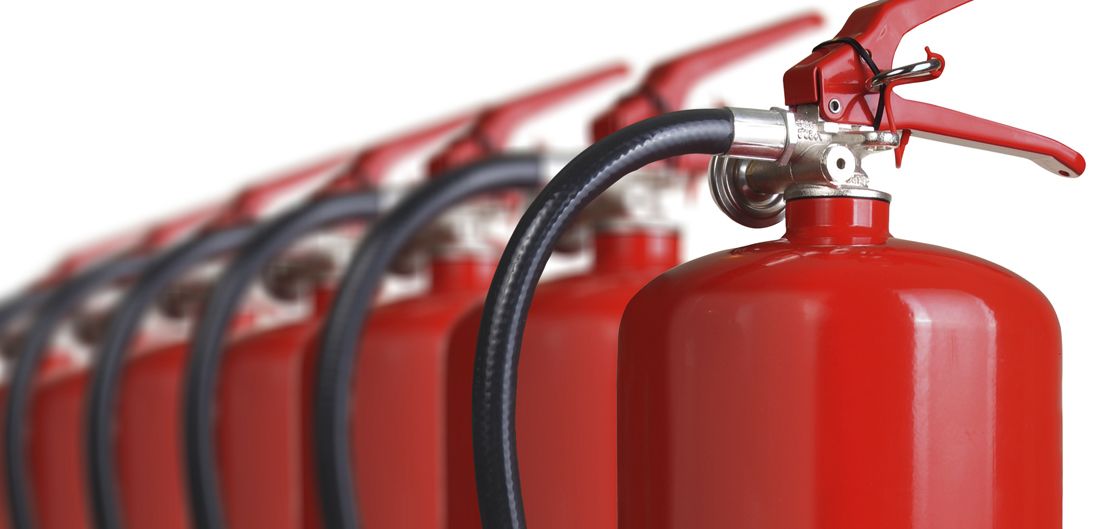
Whilst working at Liverpool Royal Court Theatre, you must respond to any fire alarms that are activated (unless otherwise advised by your contact, or stage door)
If you discover a fire whilst you're onsite, you must raise the alarm BEFORE you attempt to fight a fire - no matter how small.
You should only attempt to fight a fire if you have been trained to do so, and that you are confident fighting the fire will not put you at risk
If you hear the fire alarm activate, you should leave the building using your closest fire escape.
Follow any evacuation instruction or, follow emergency fire exit signage, often referred to as the 'green running man'
The fire assembly point is located outside of the Mersey Travel shop, on Roe Street.
You should ensure you make yourself known to the fire warden at the assembly point, which will liaise with the chief fire warden at stage door.
This ensures the venue are able to account for you during the staff, visitor and contractor roll call.
Now that you have read the induction
Please follow the link below to confirm you have read, understood, and will comply with the information provided to you in this site induction.
You will not be permitted to start work, unless you have completed the questions and signed this section
Click the button below to complete the induction
